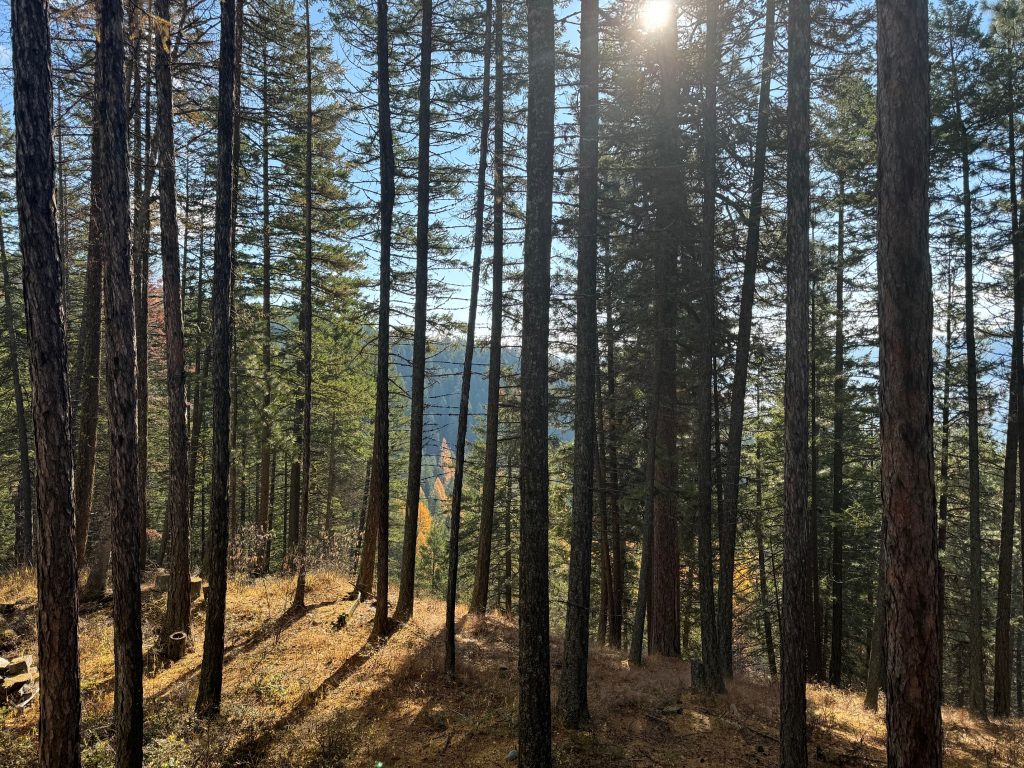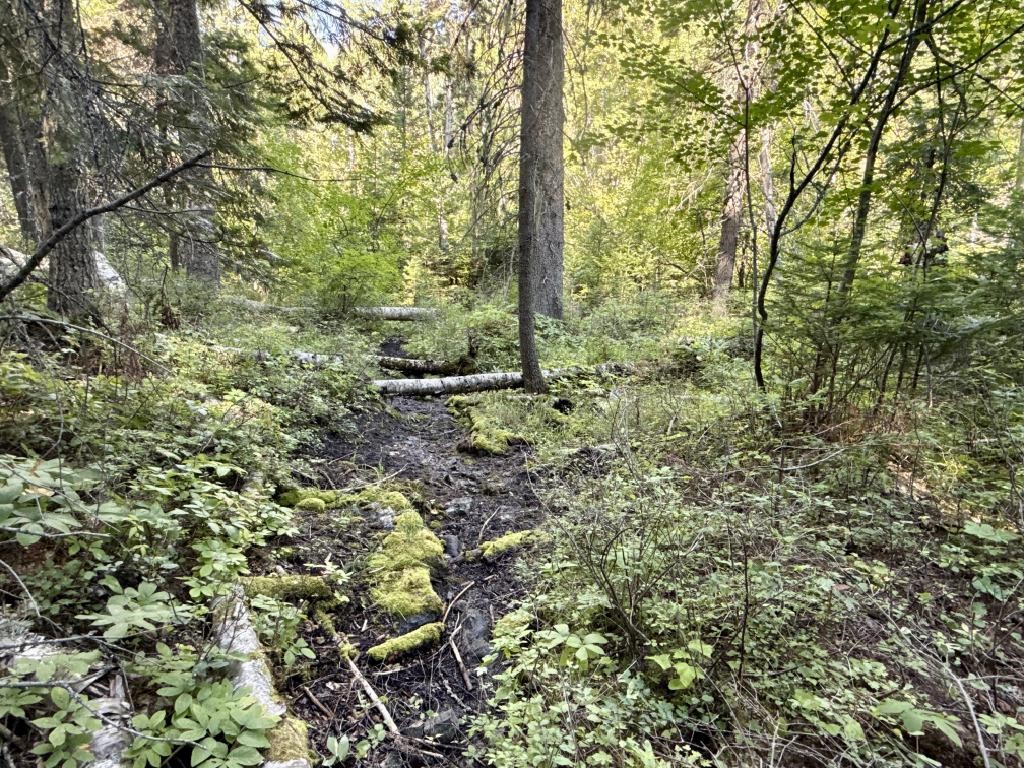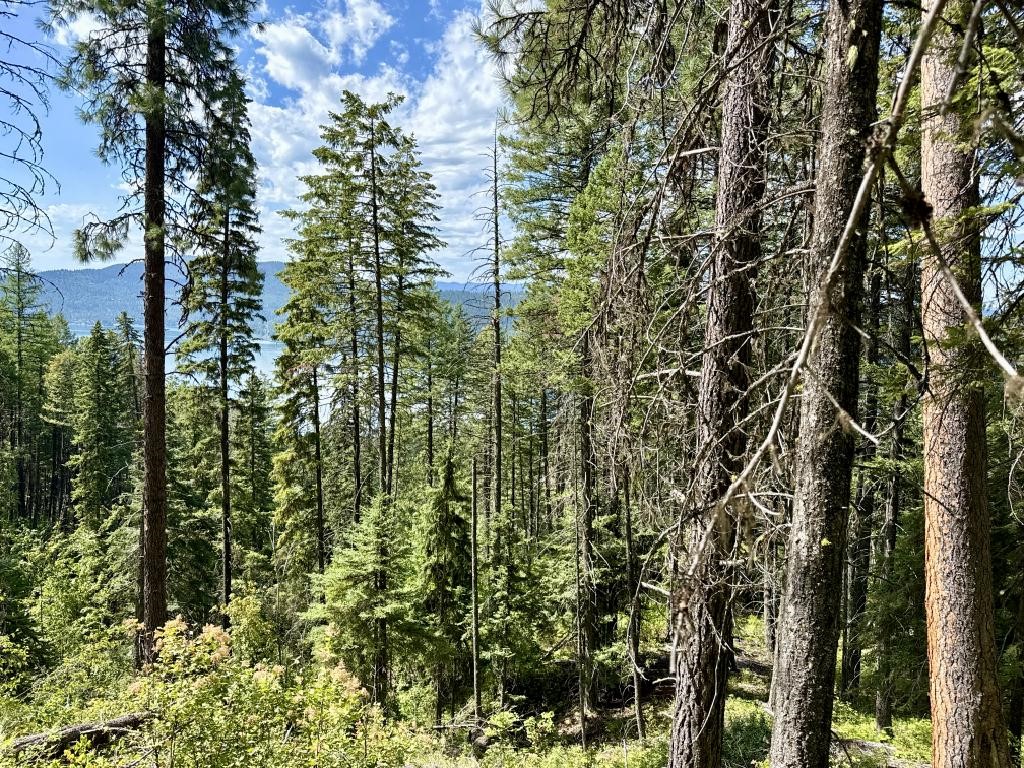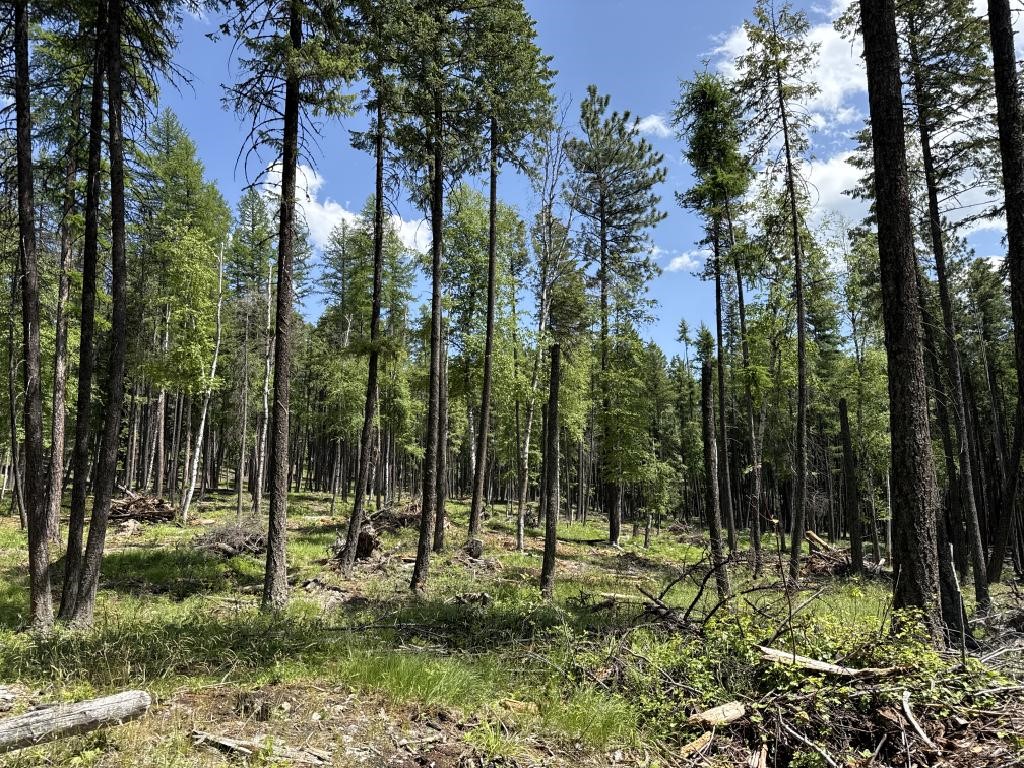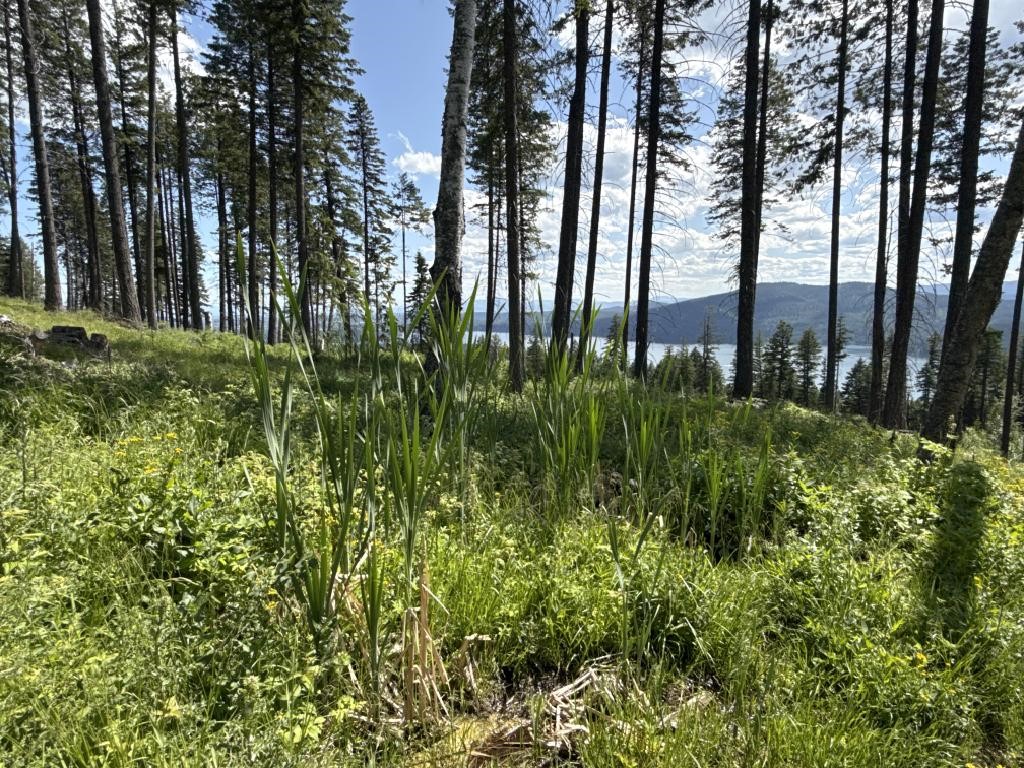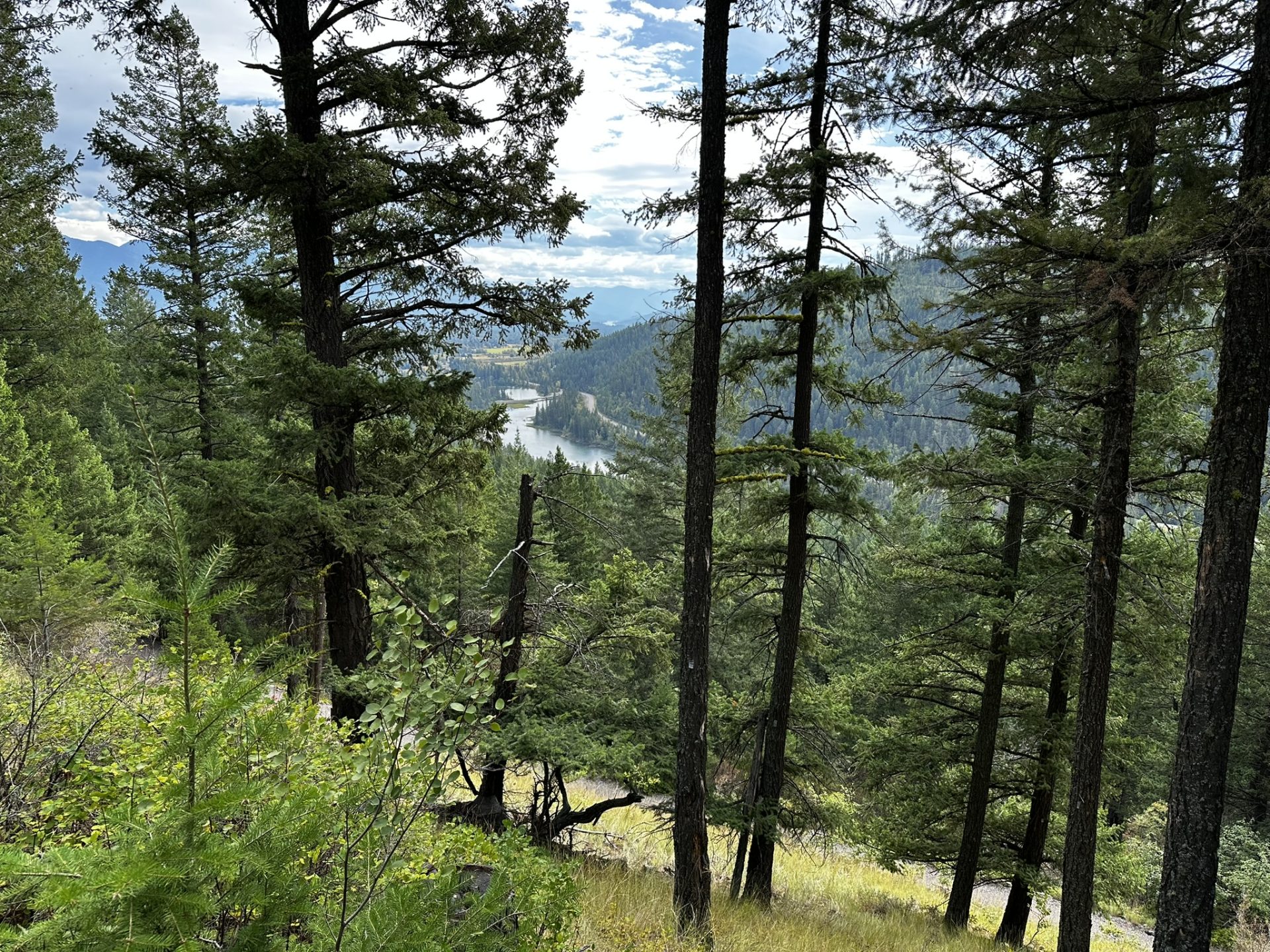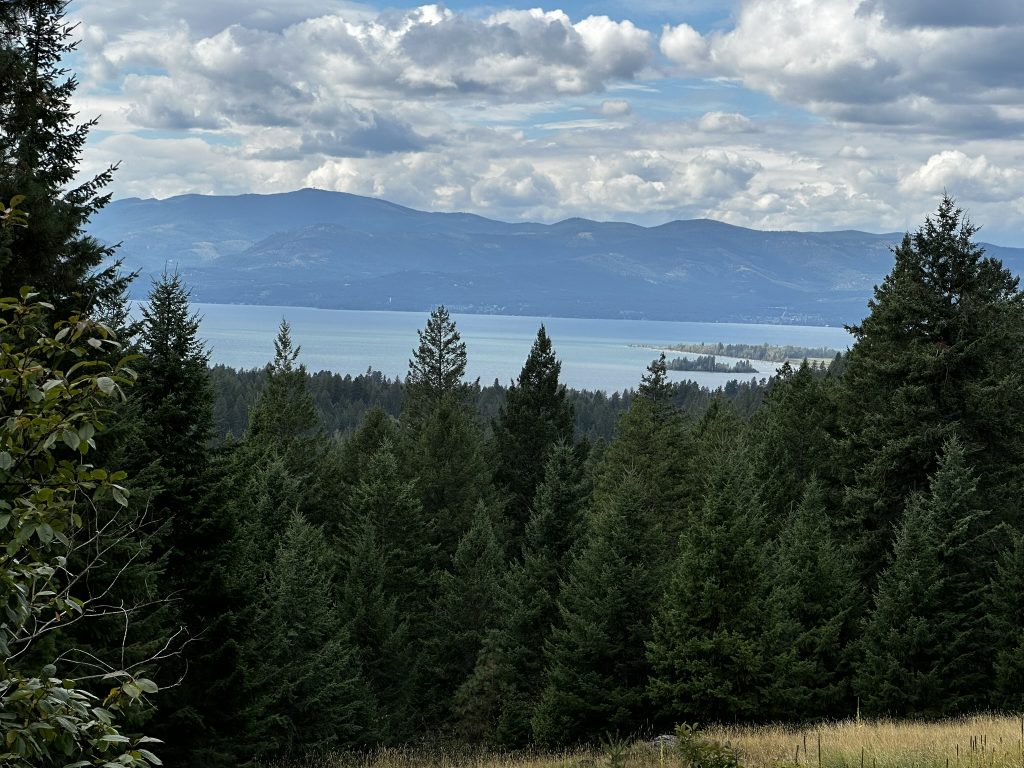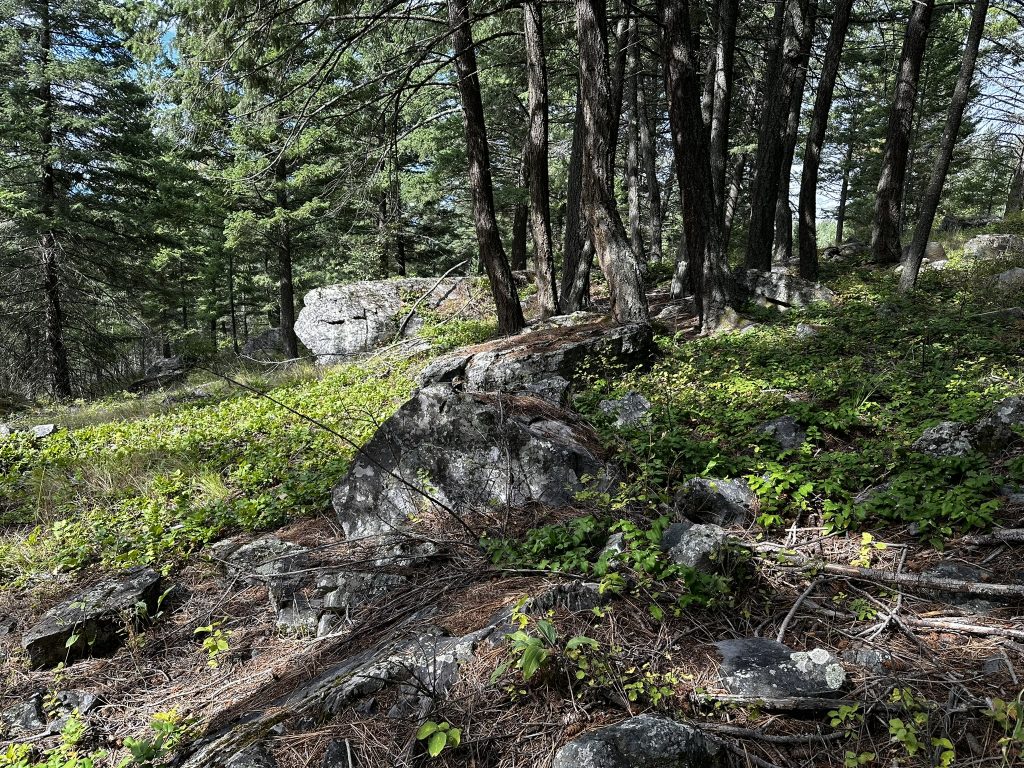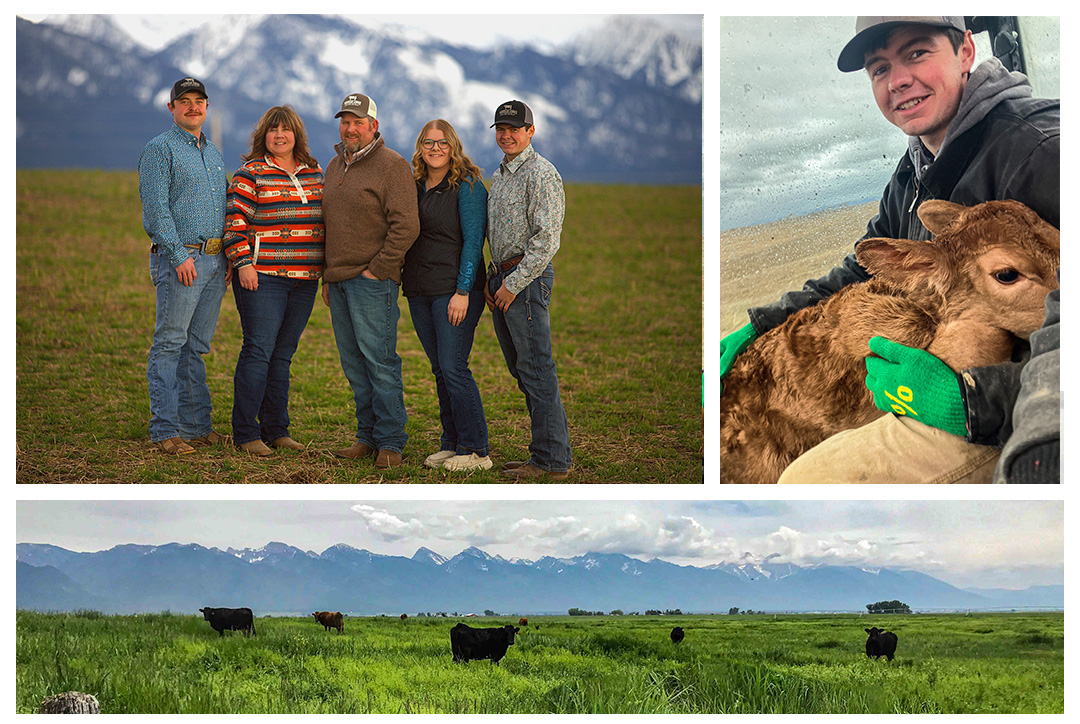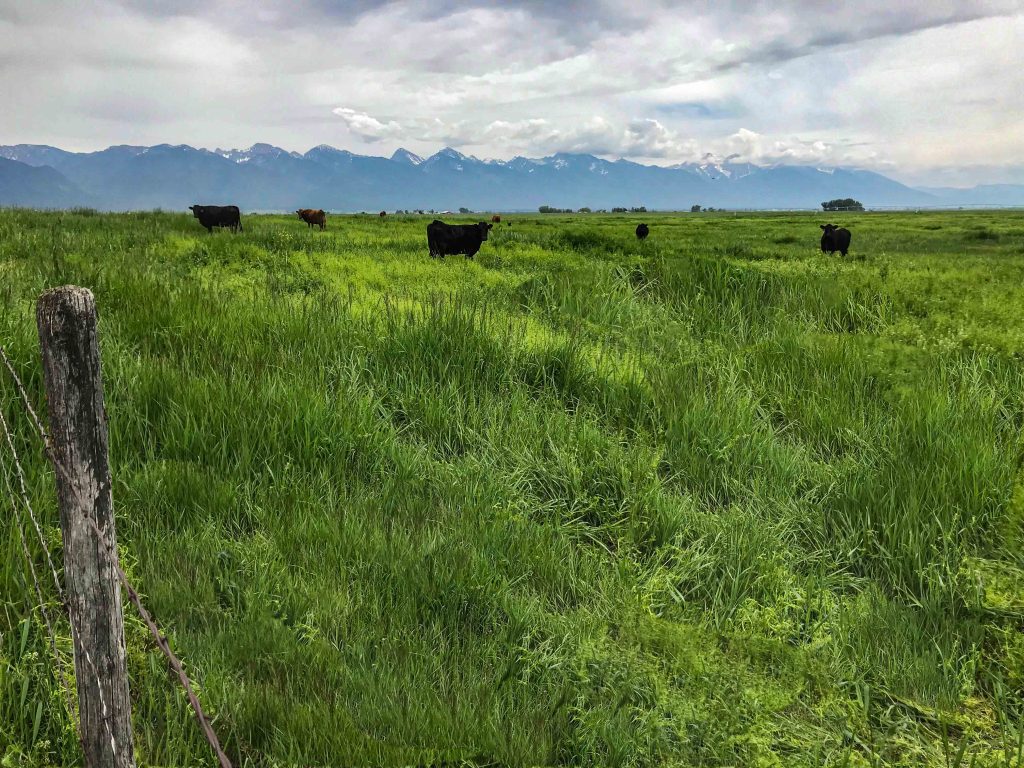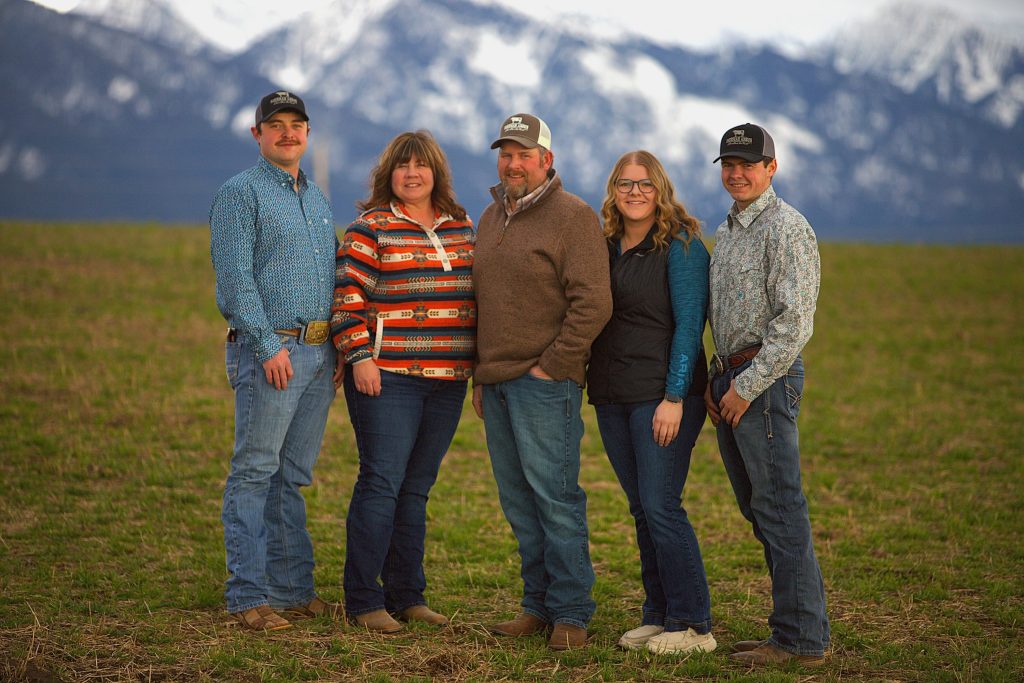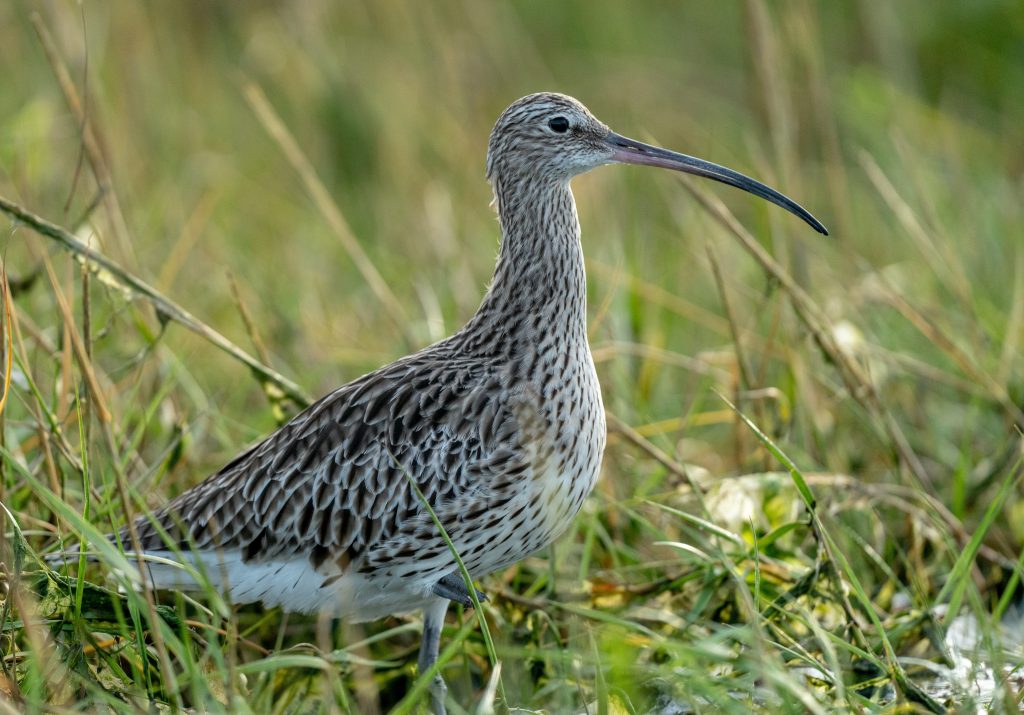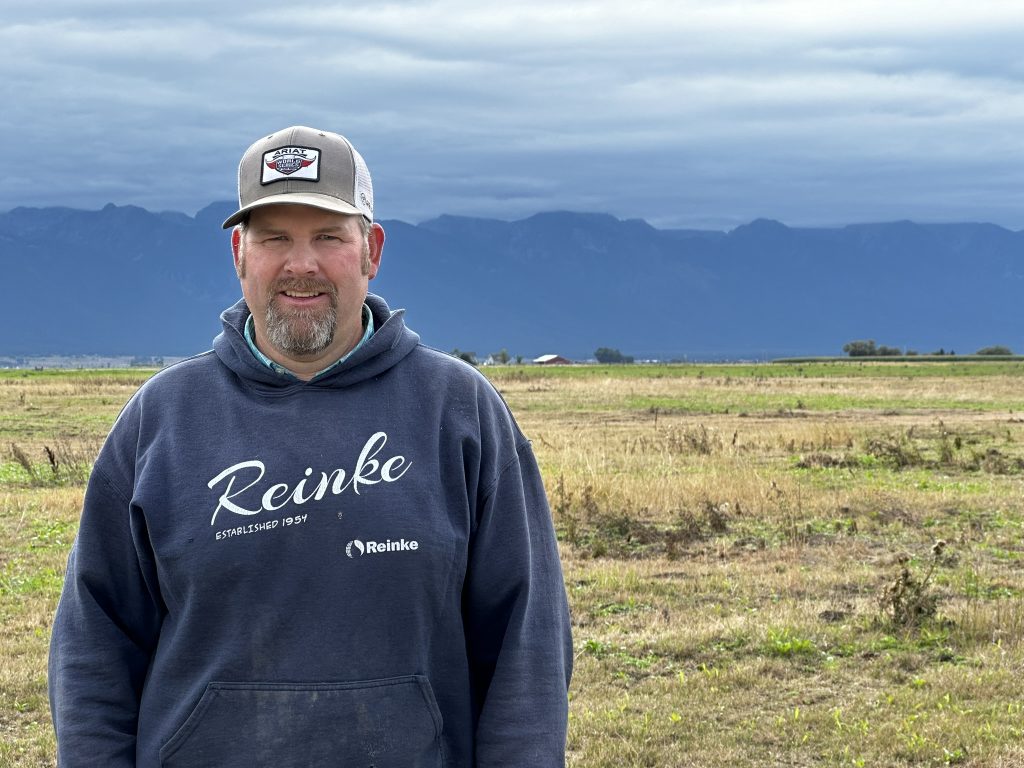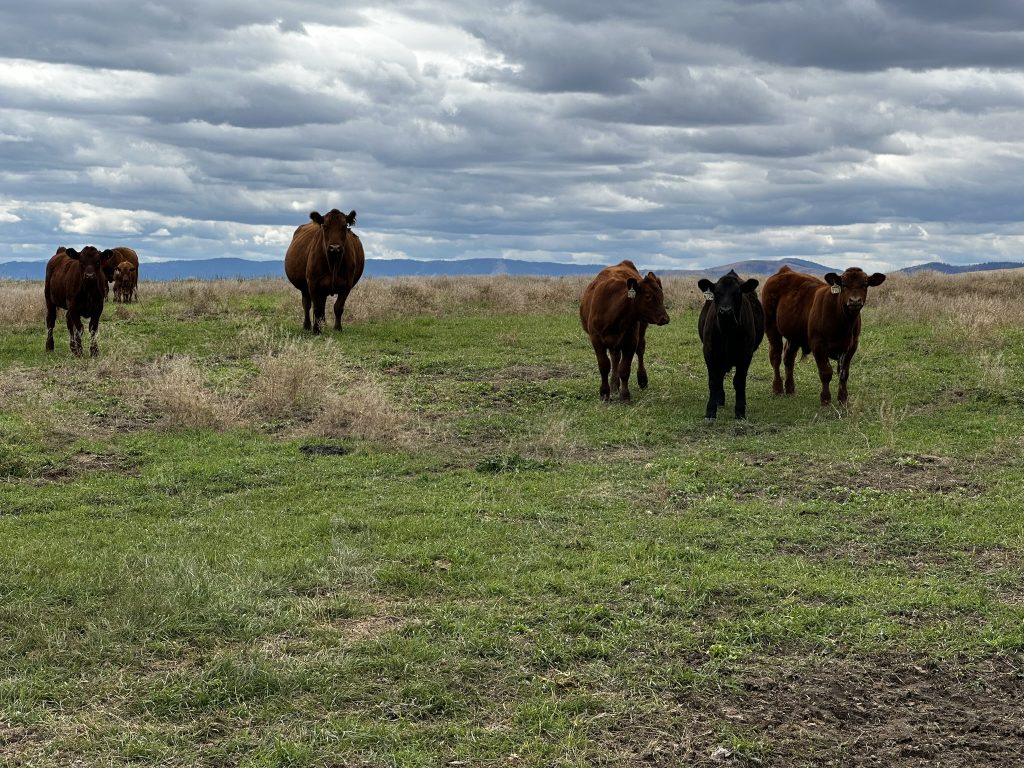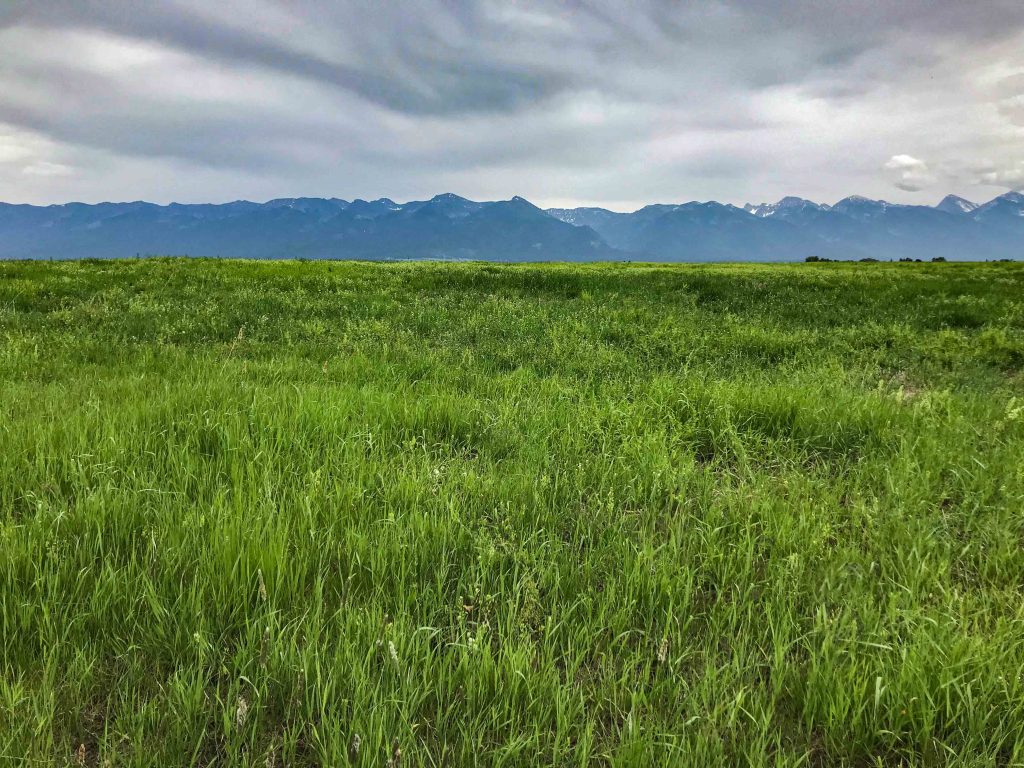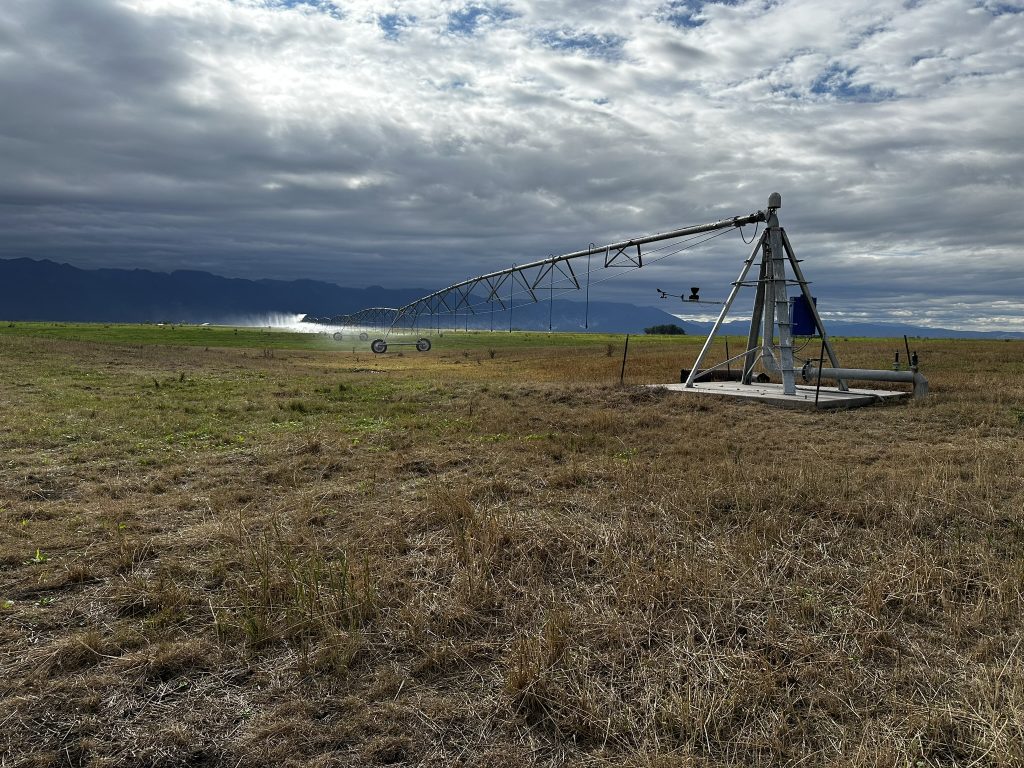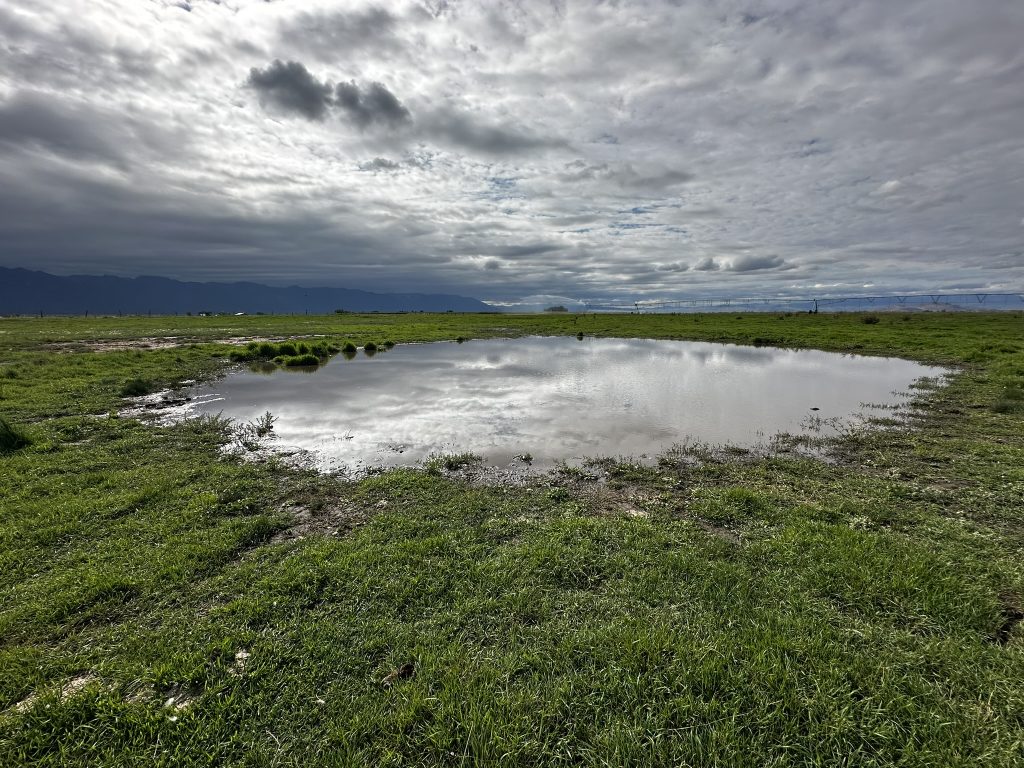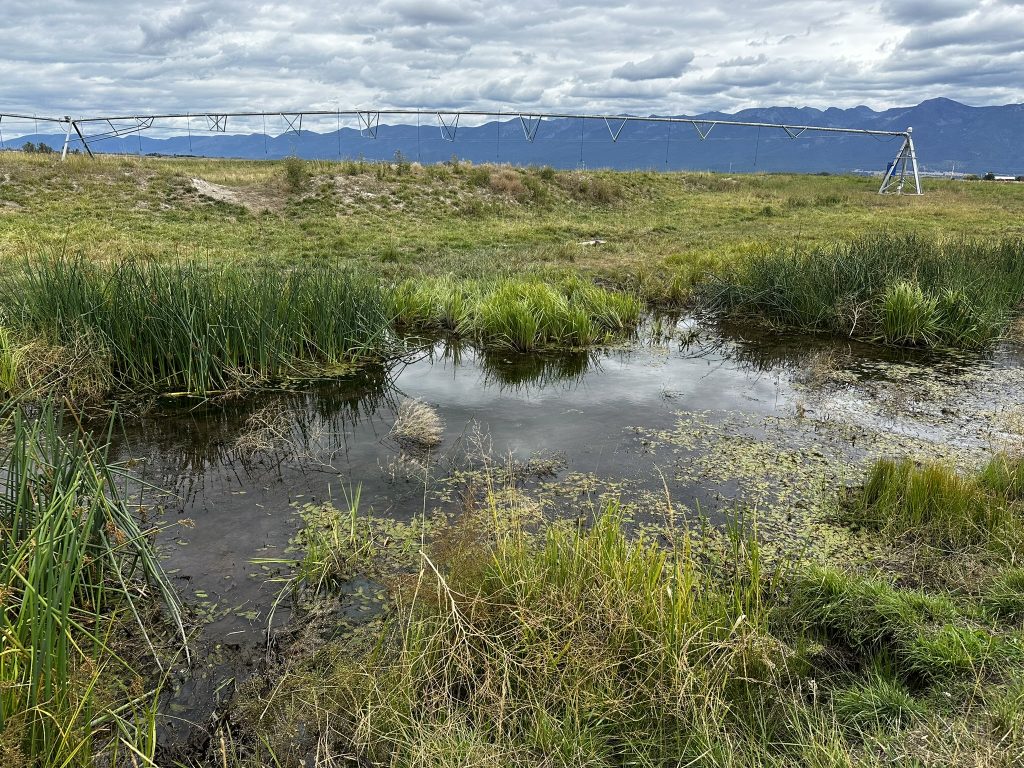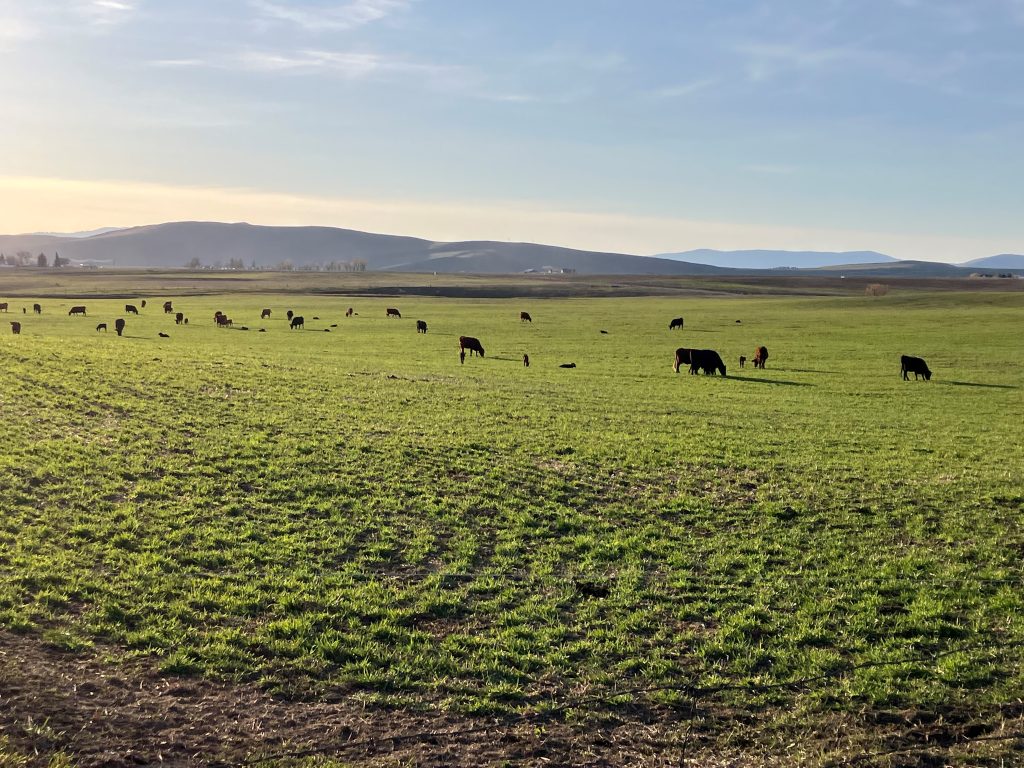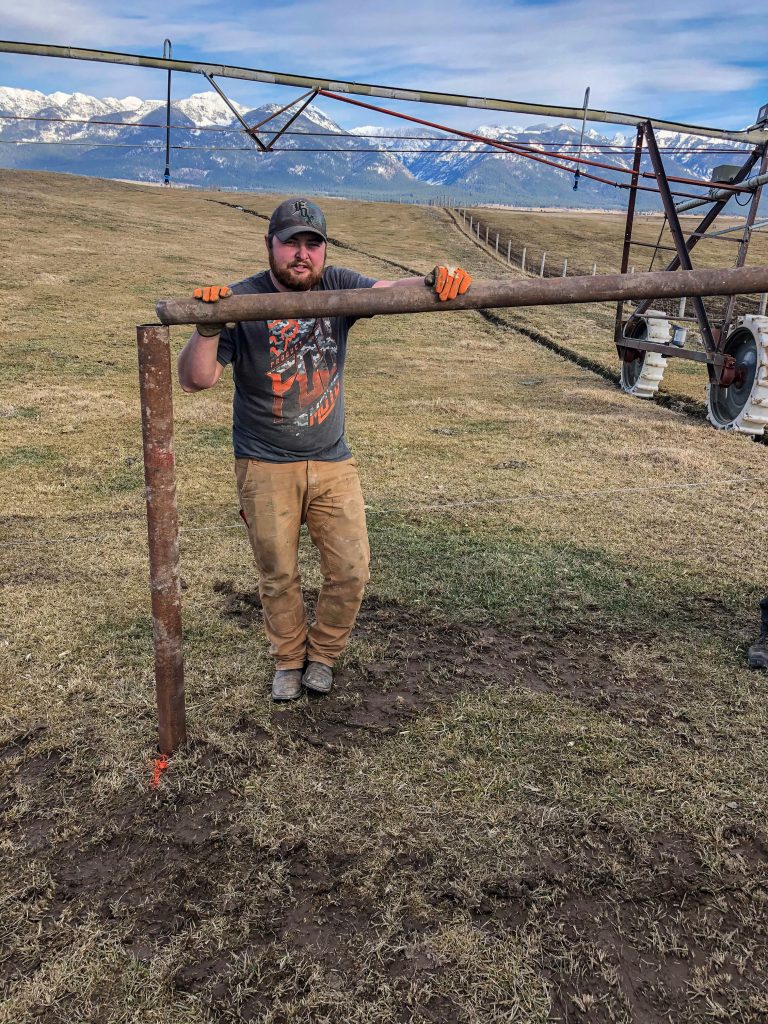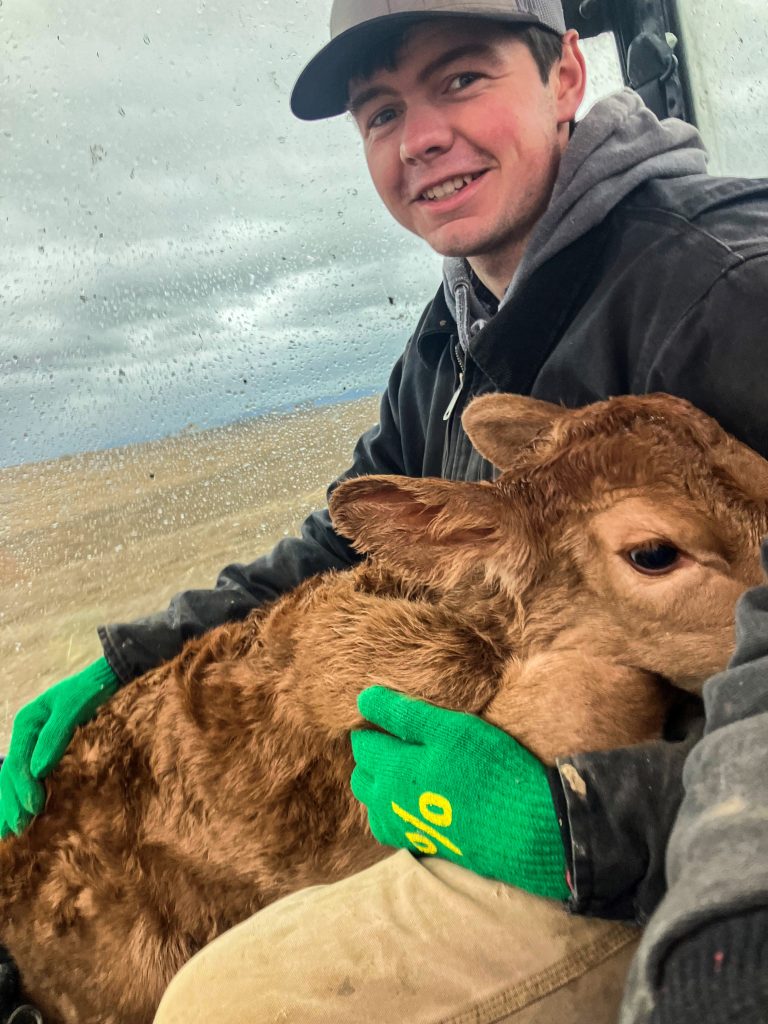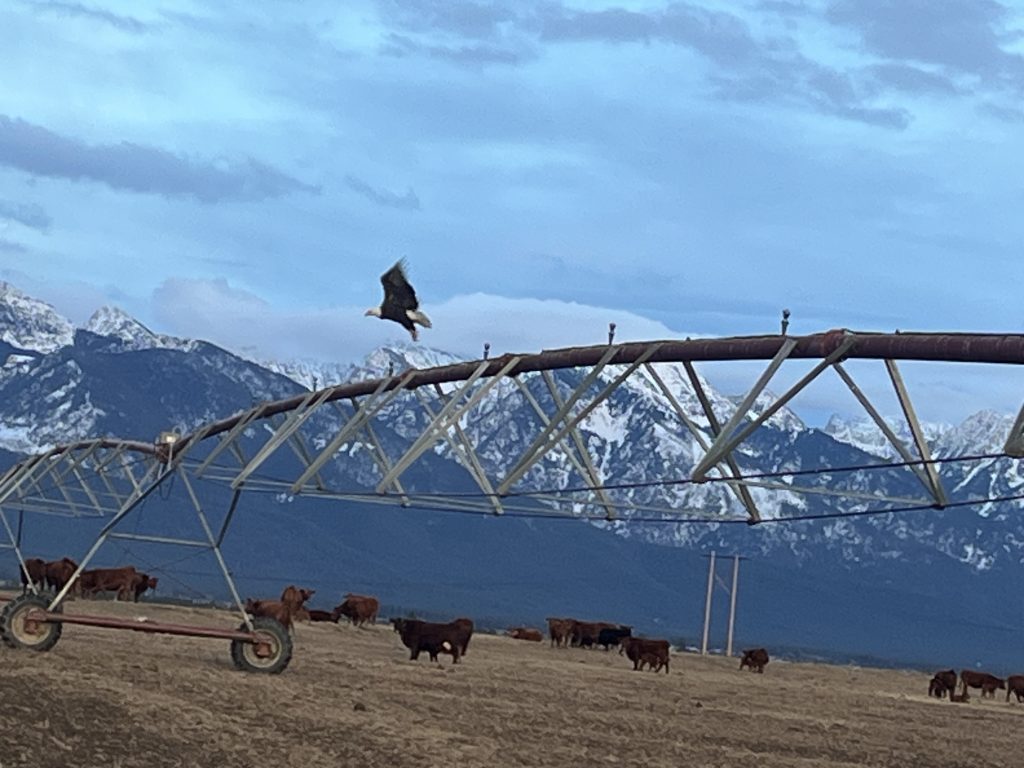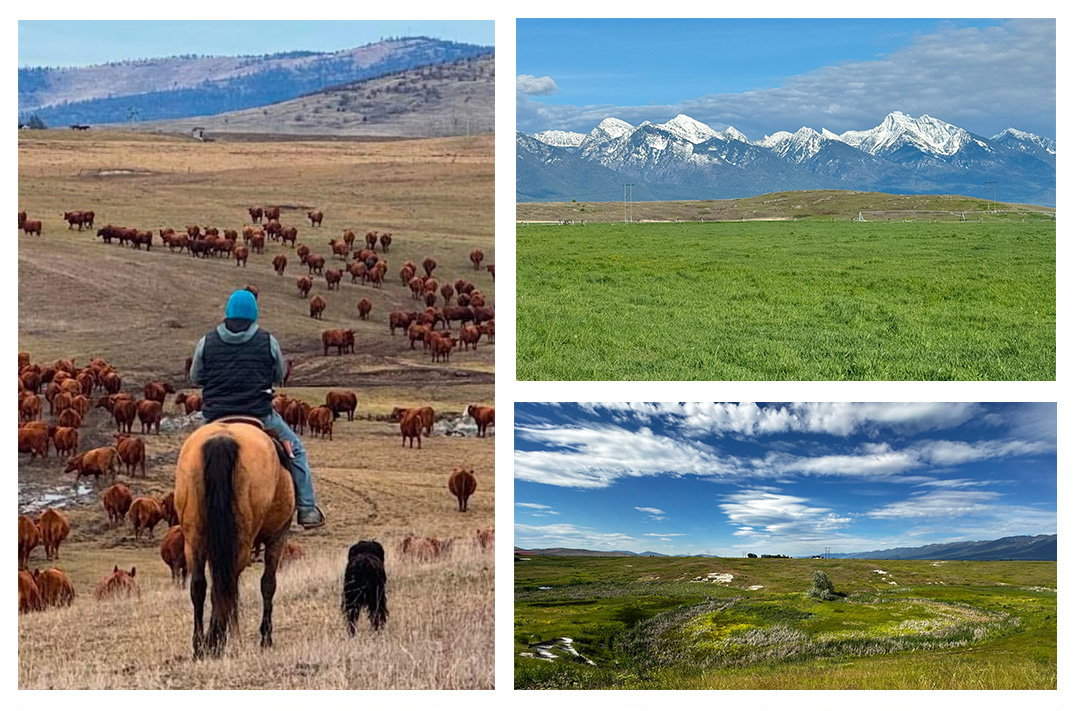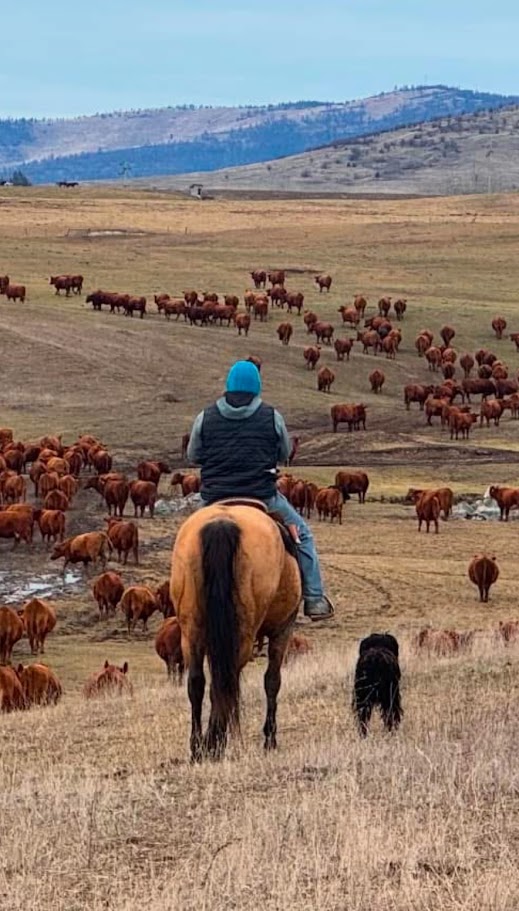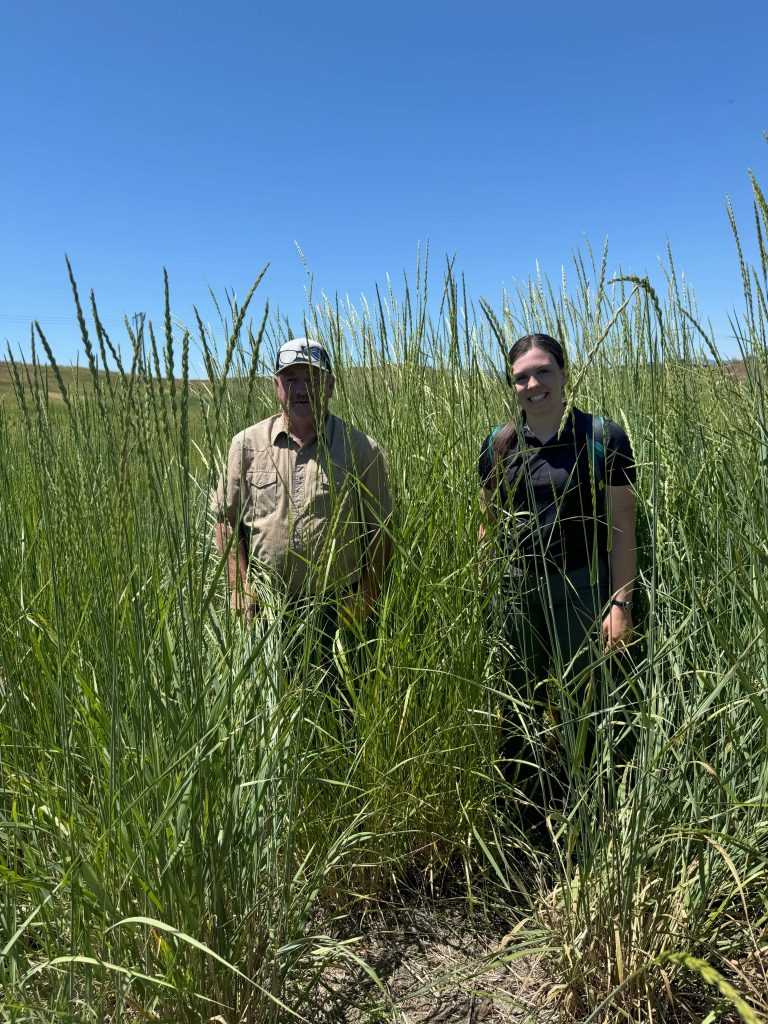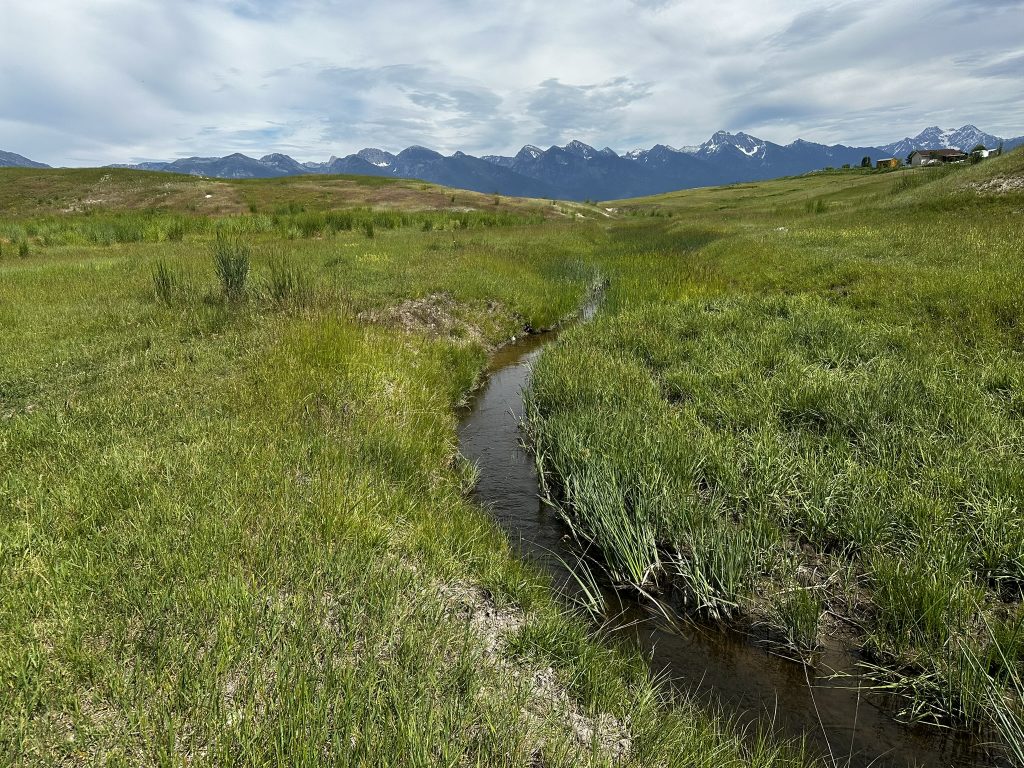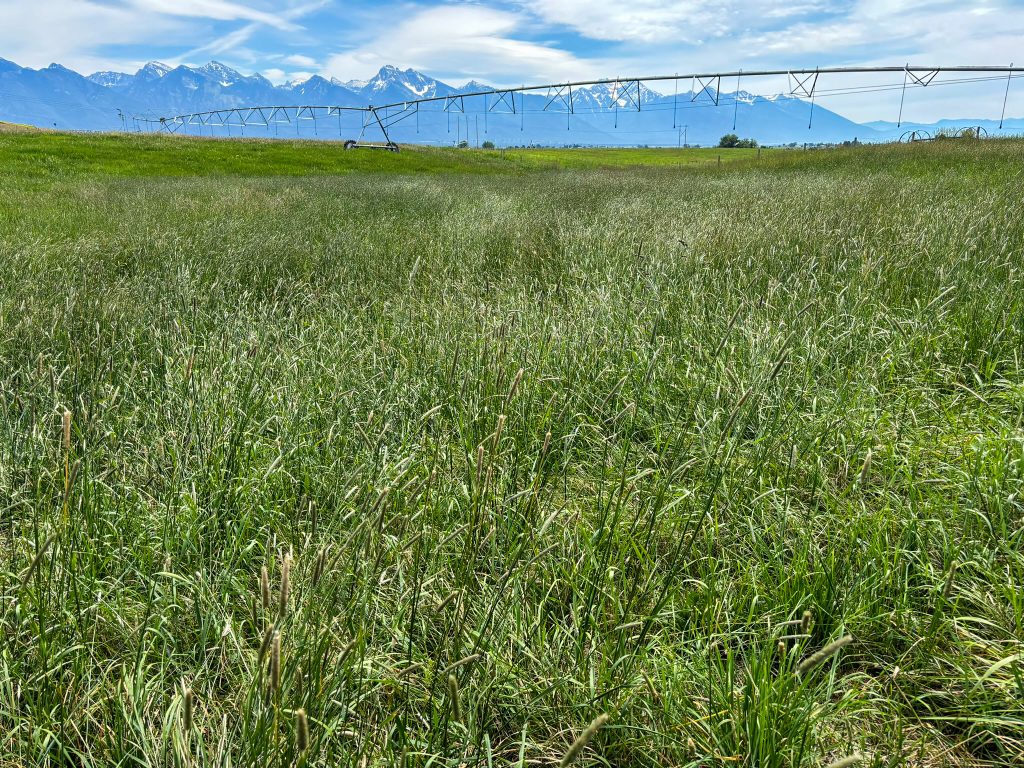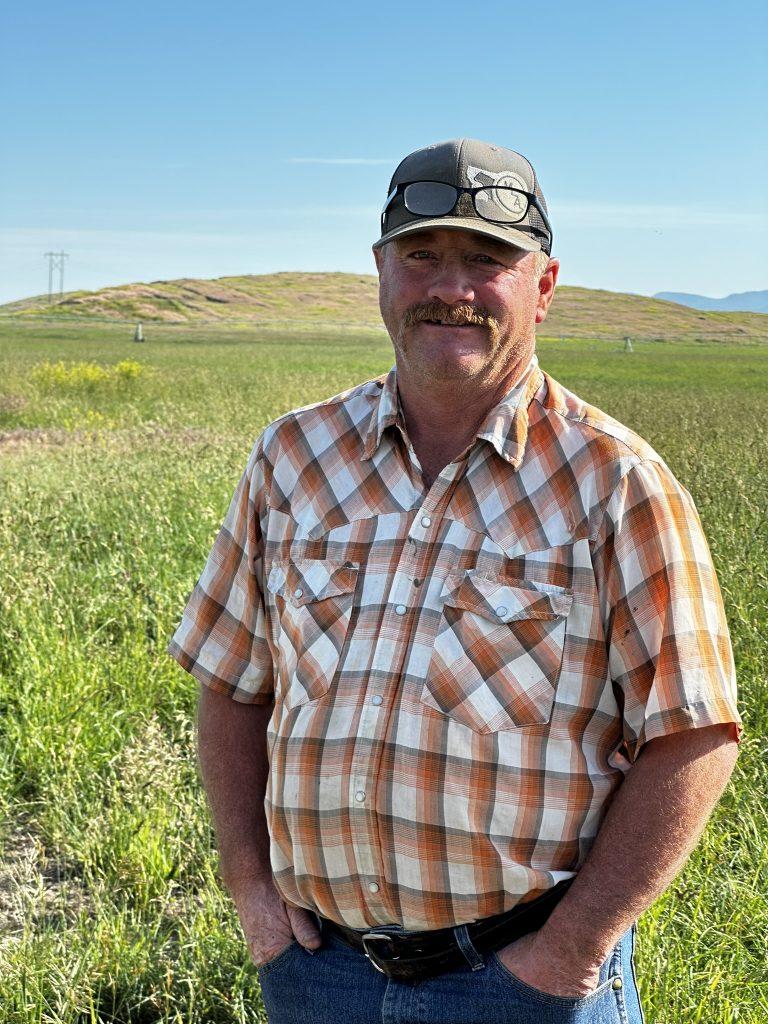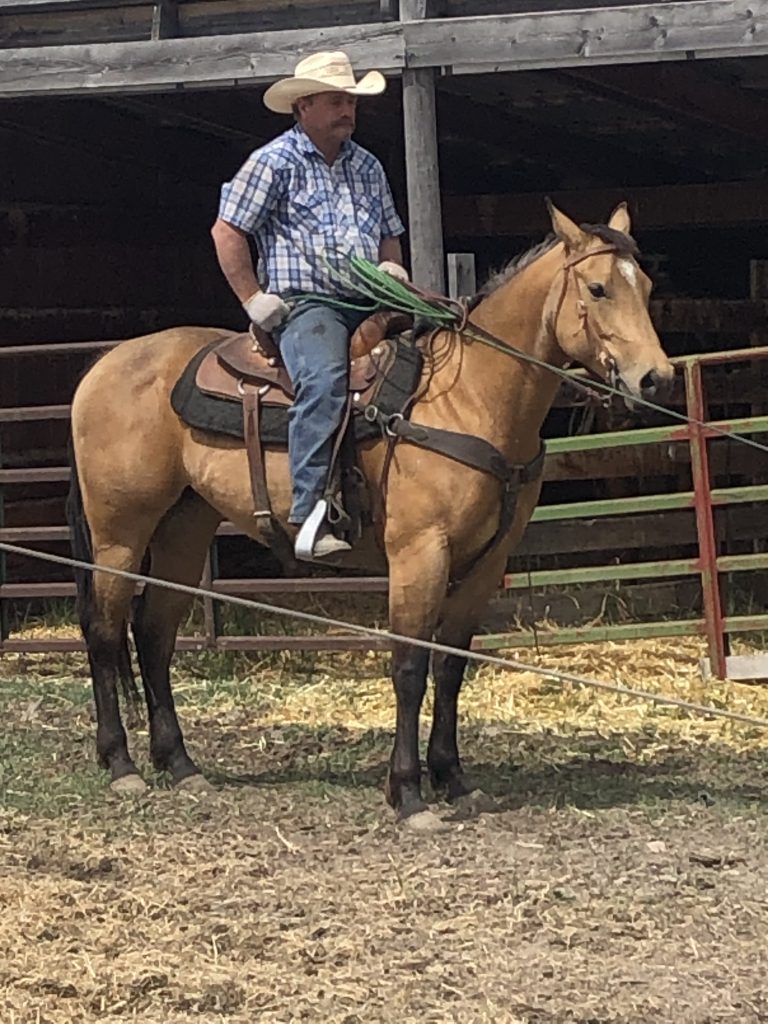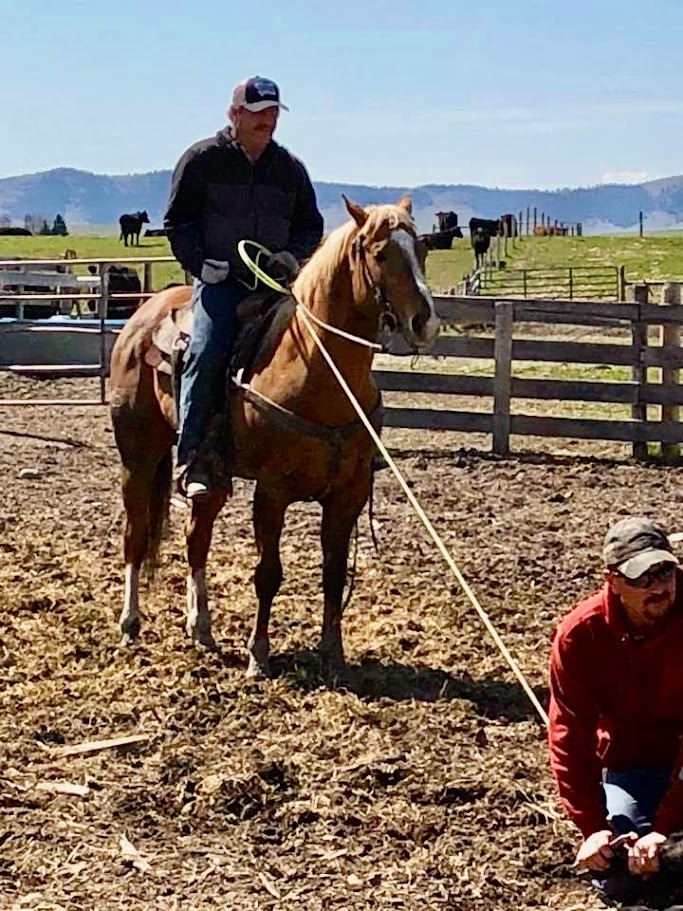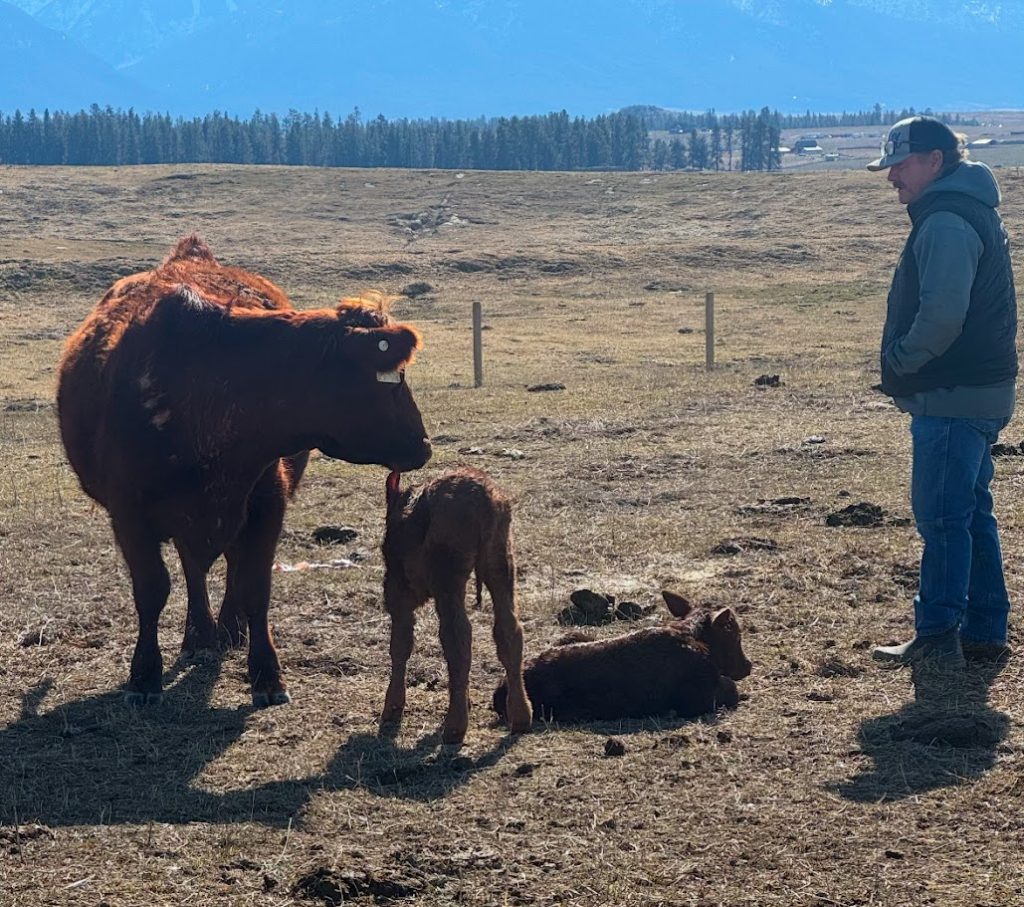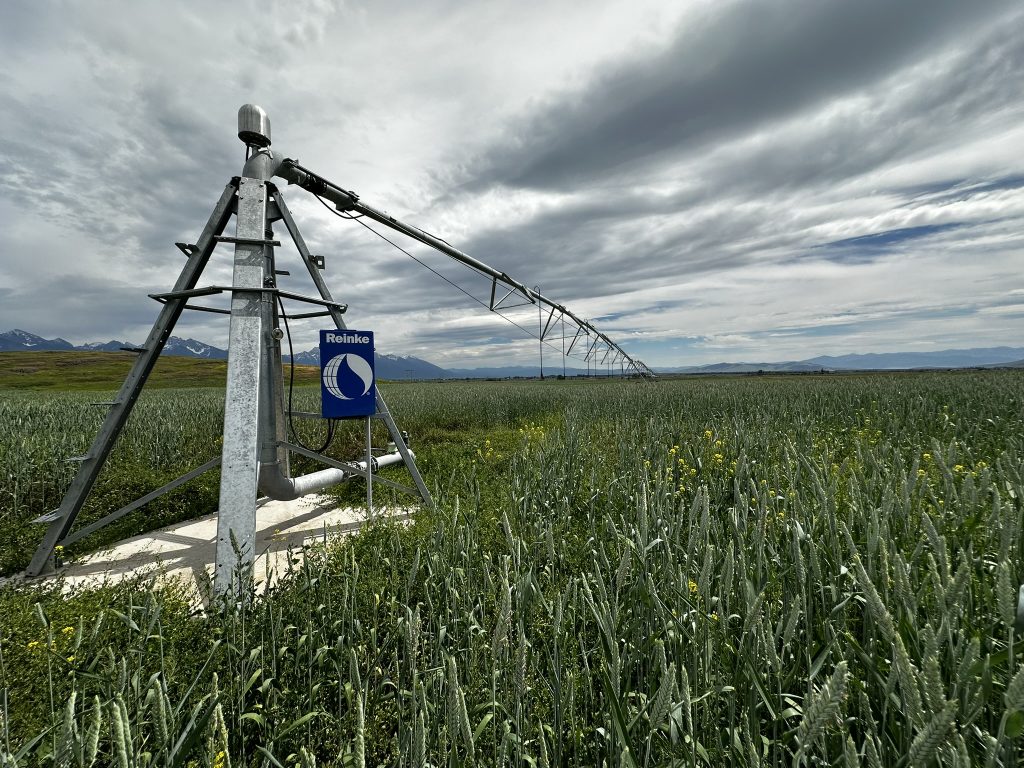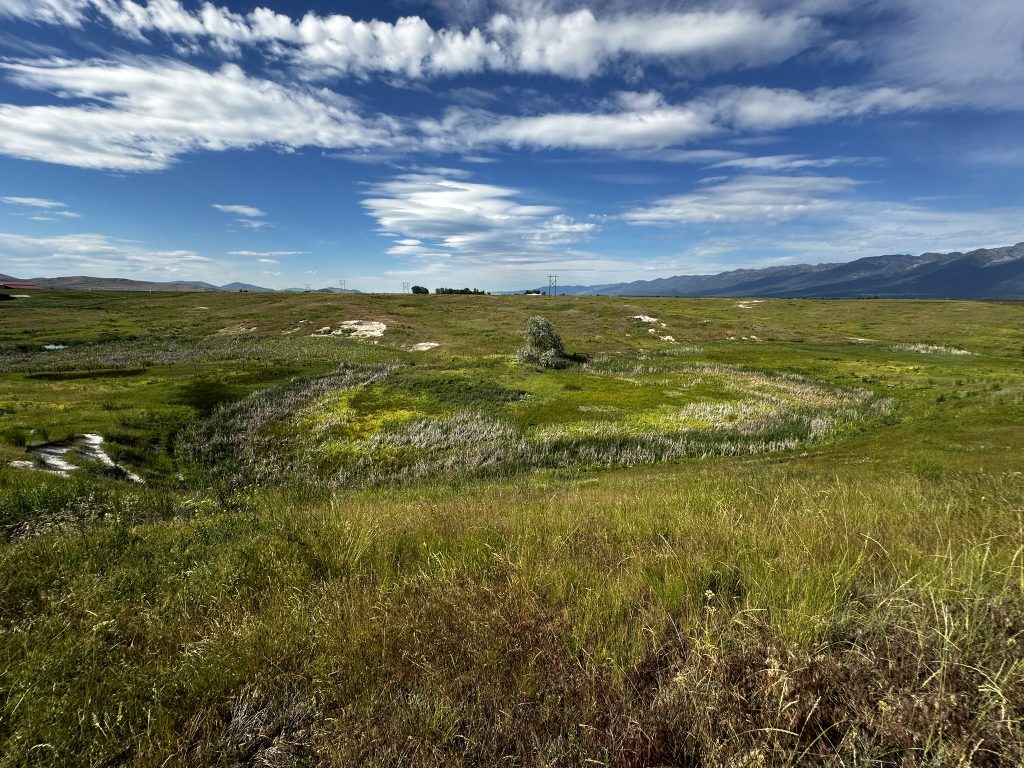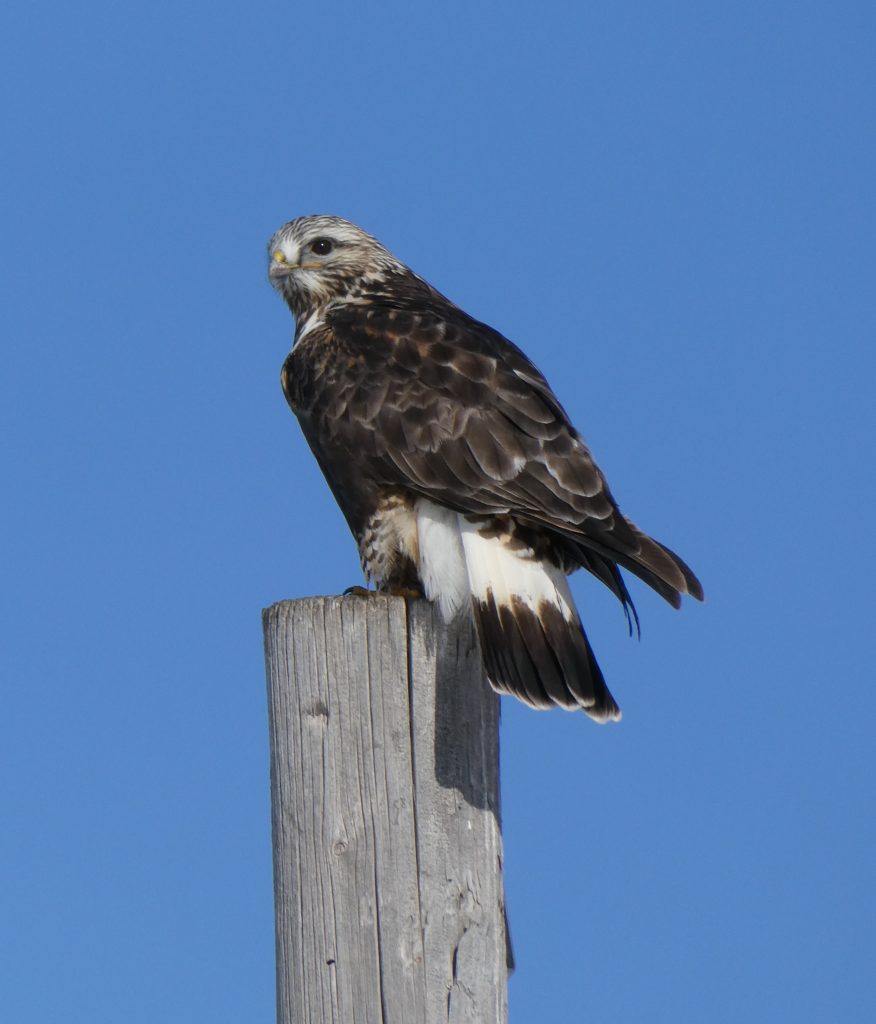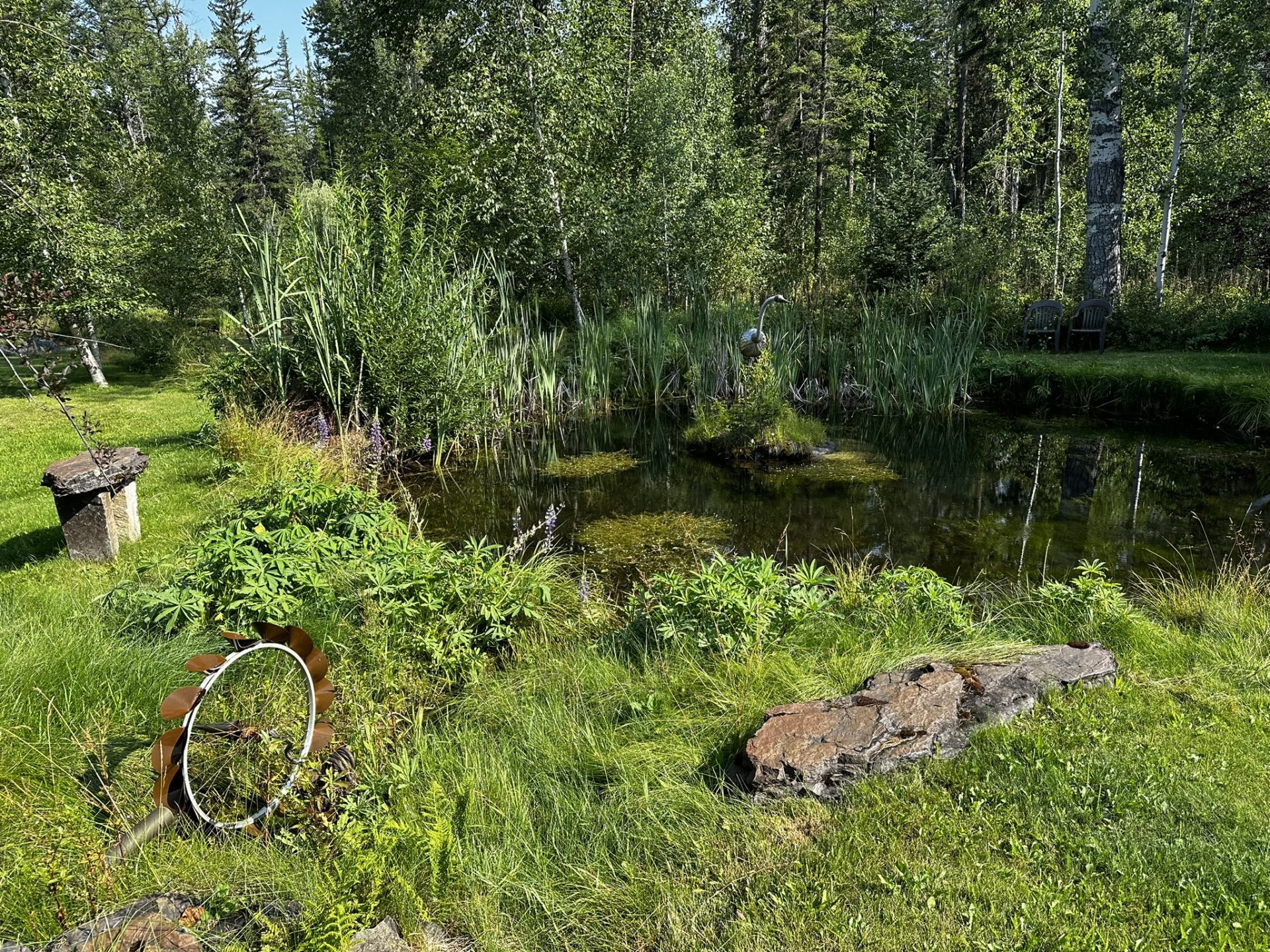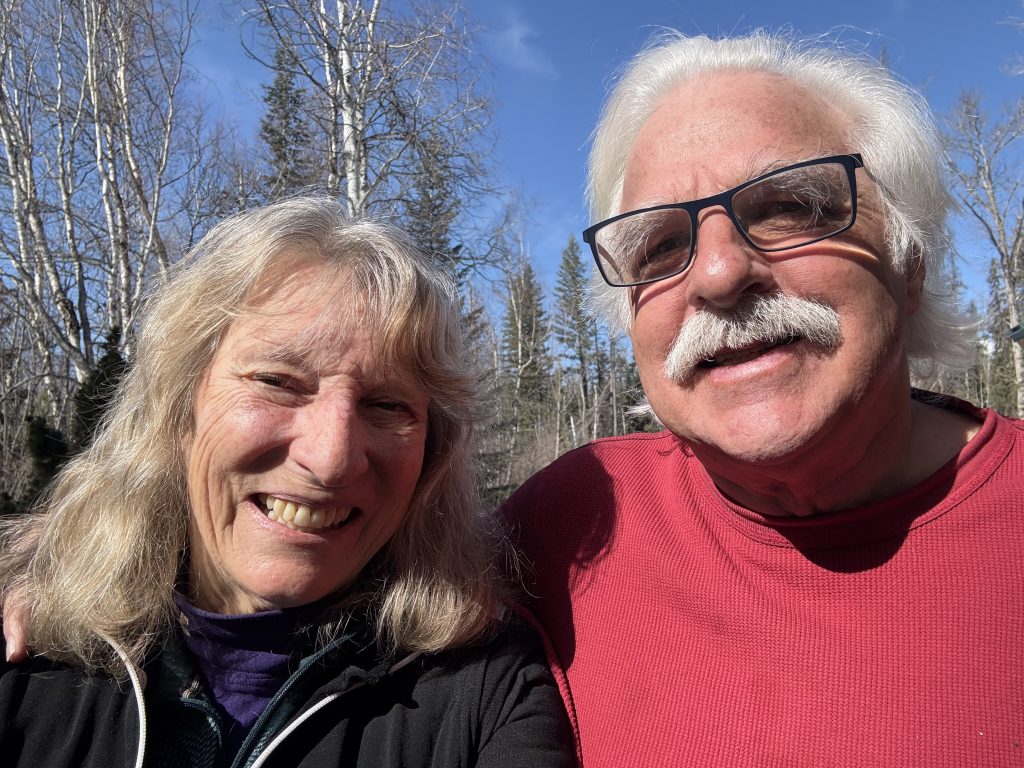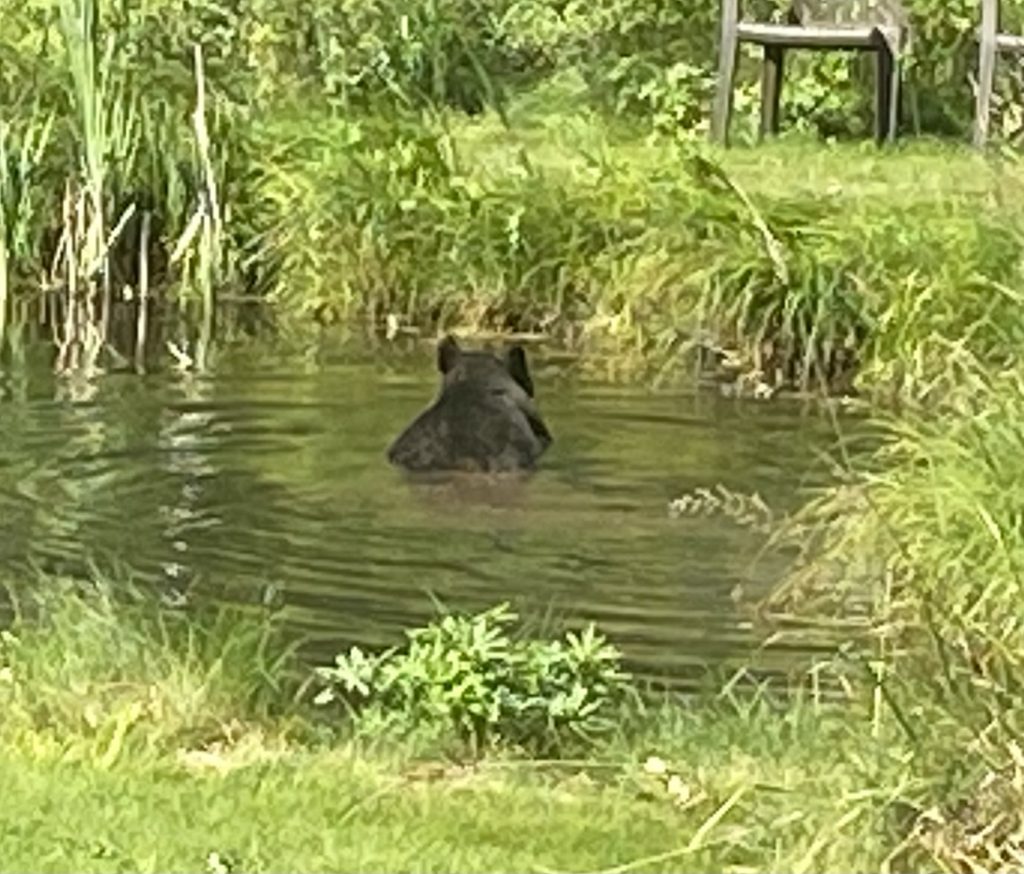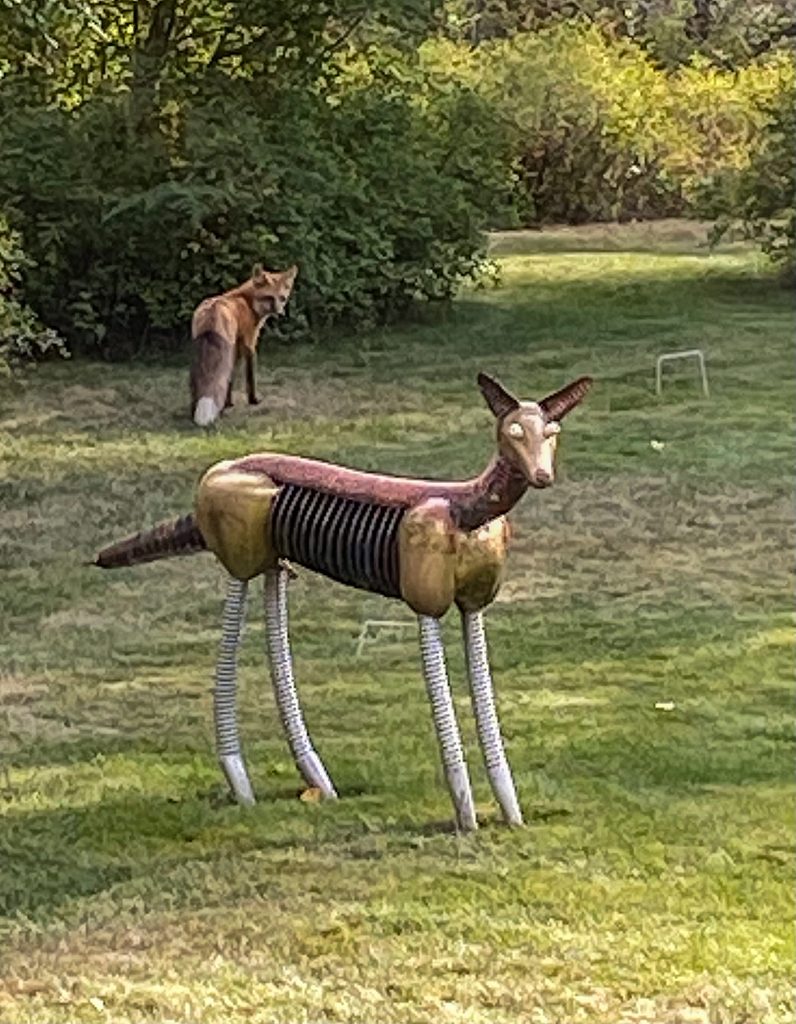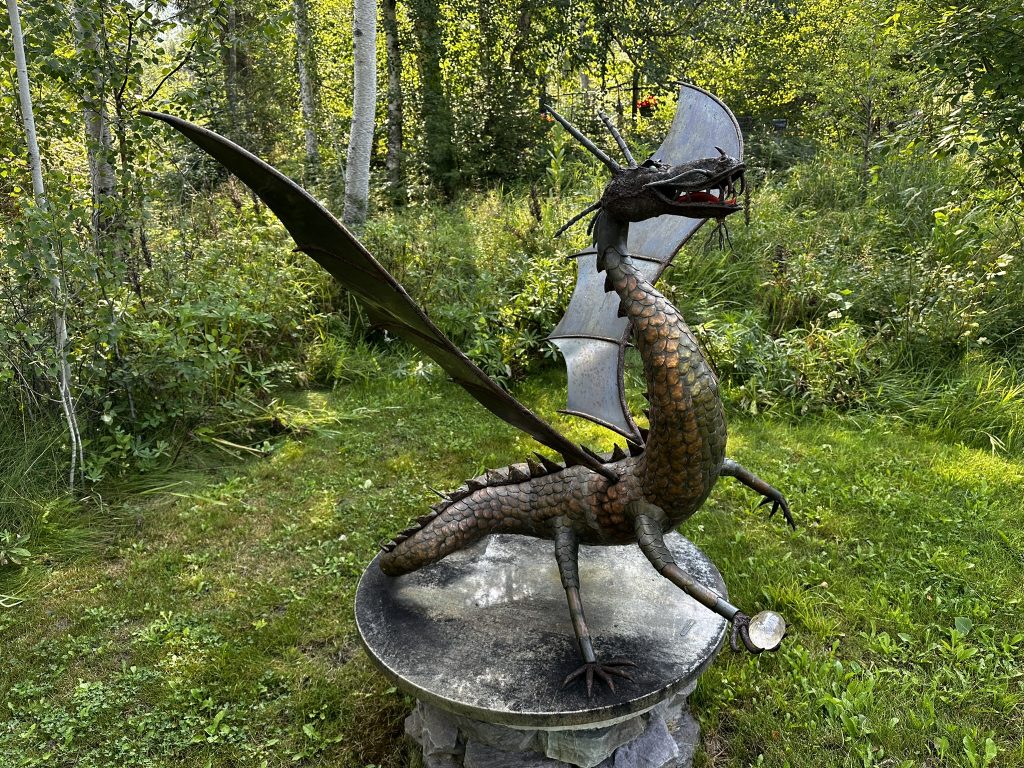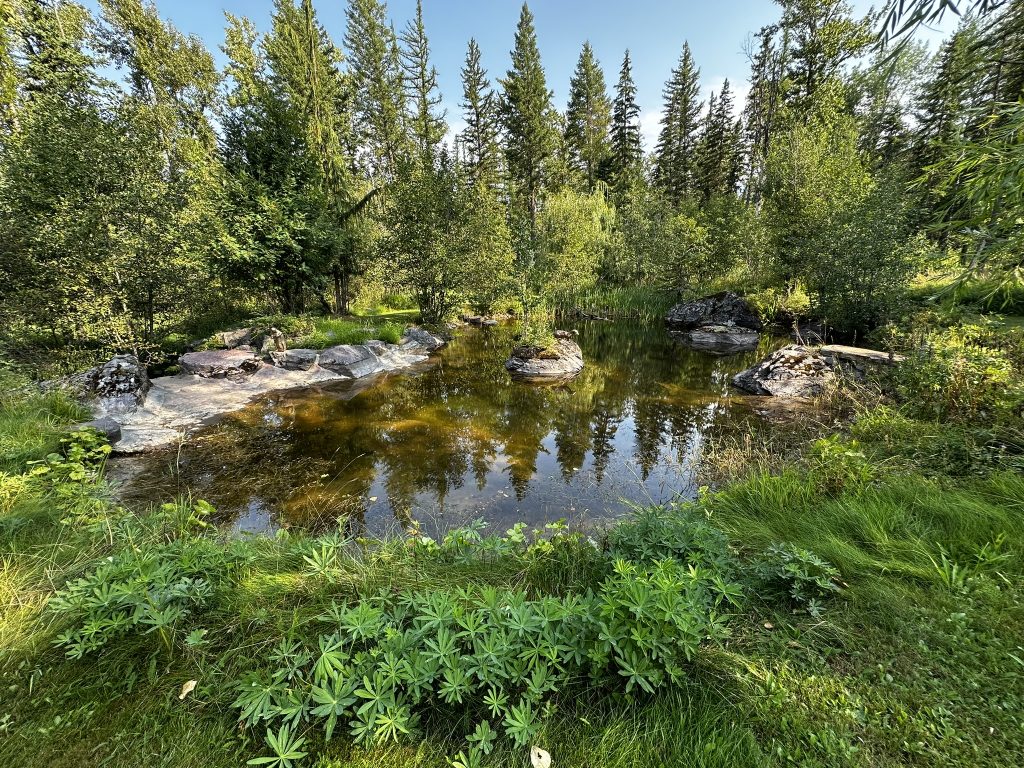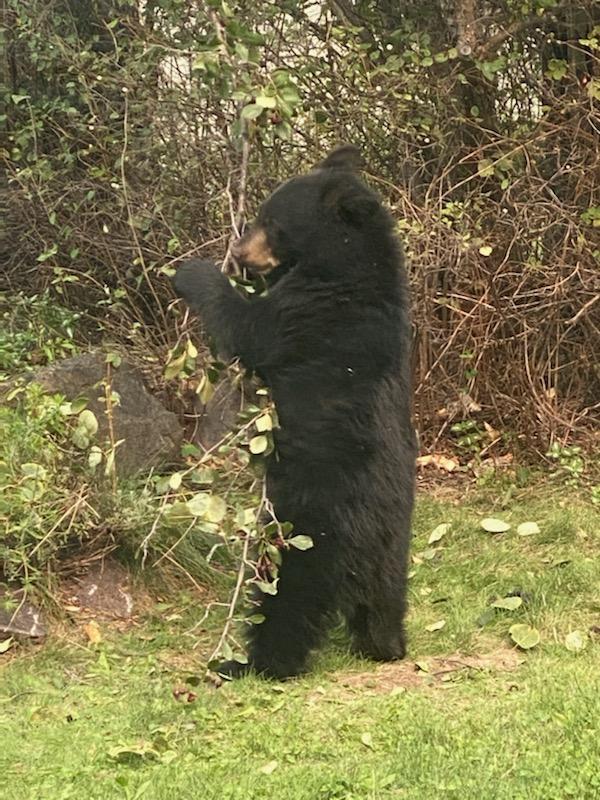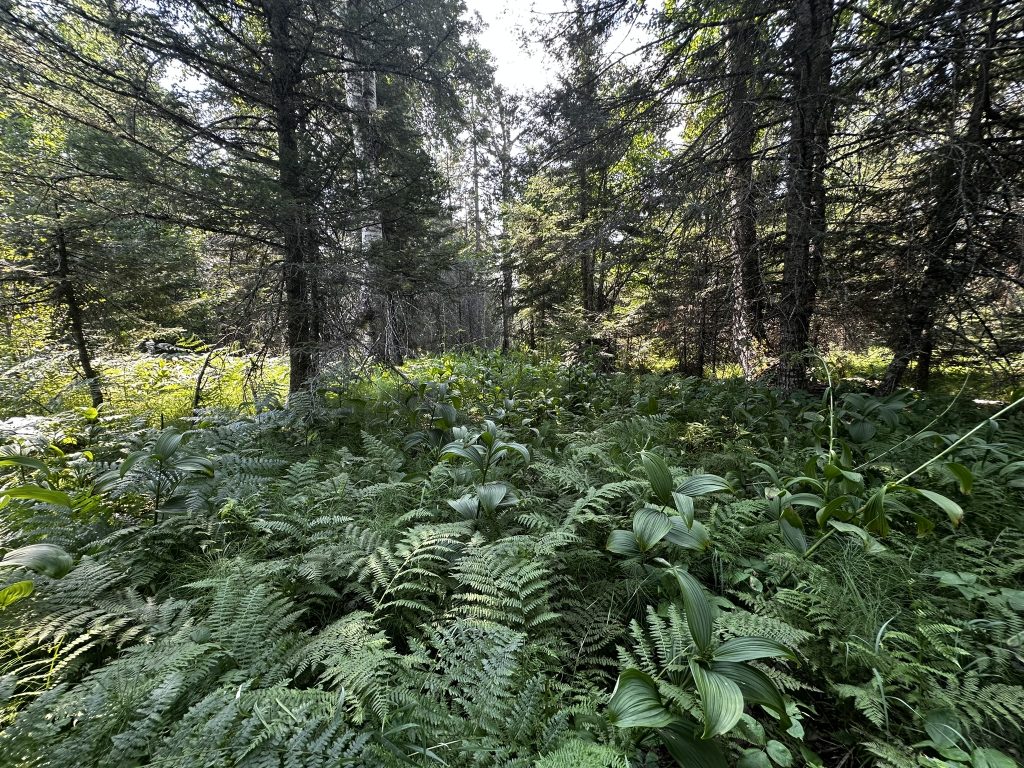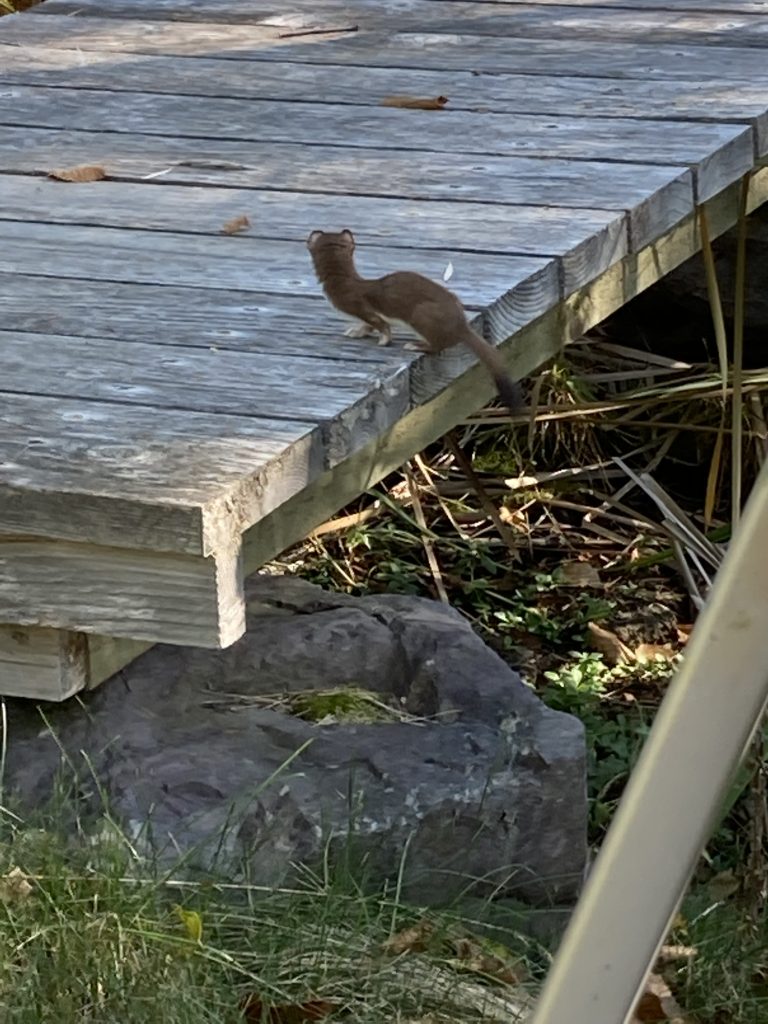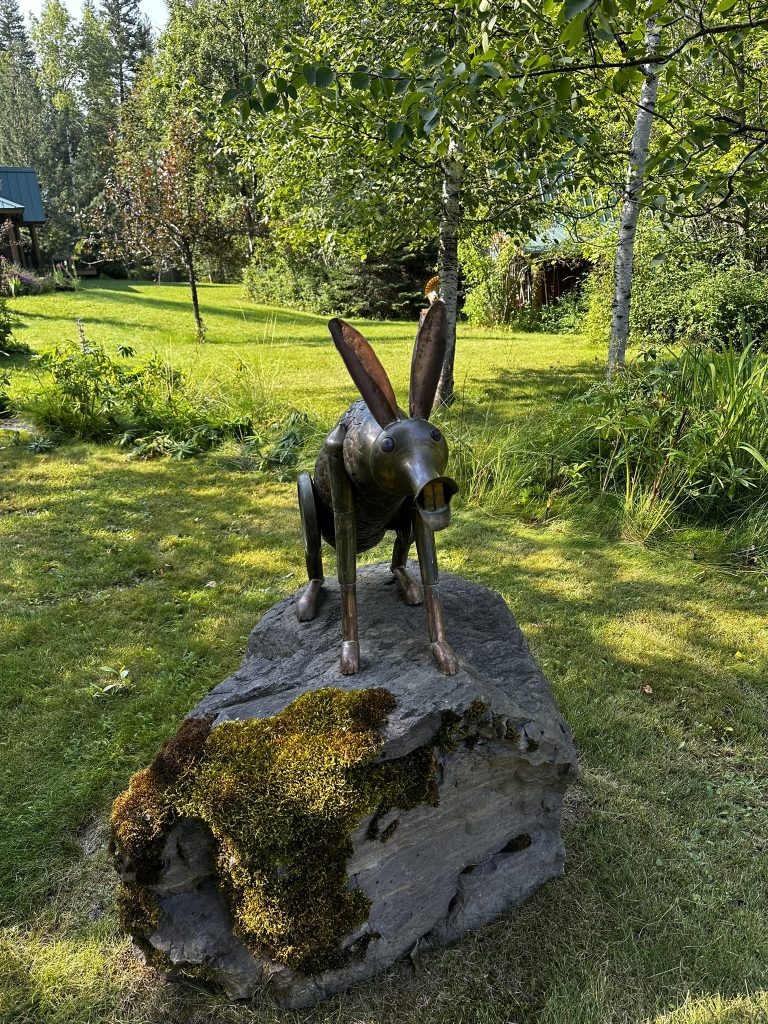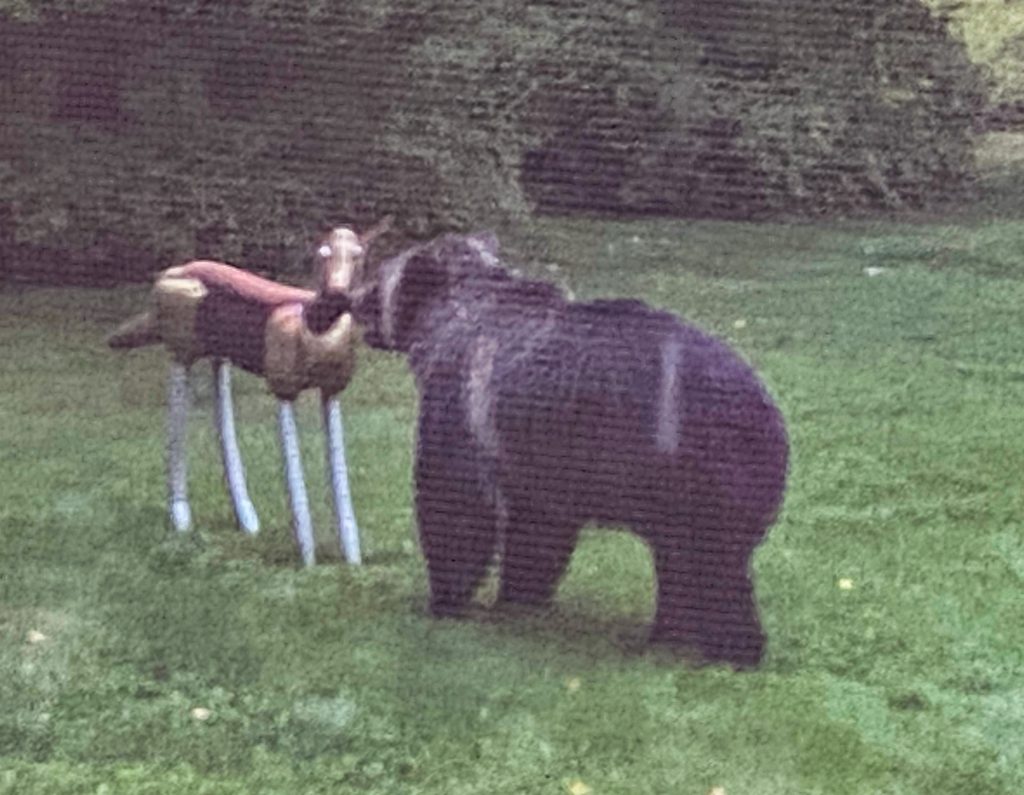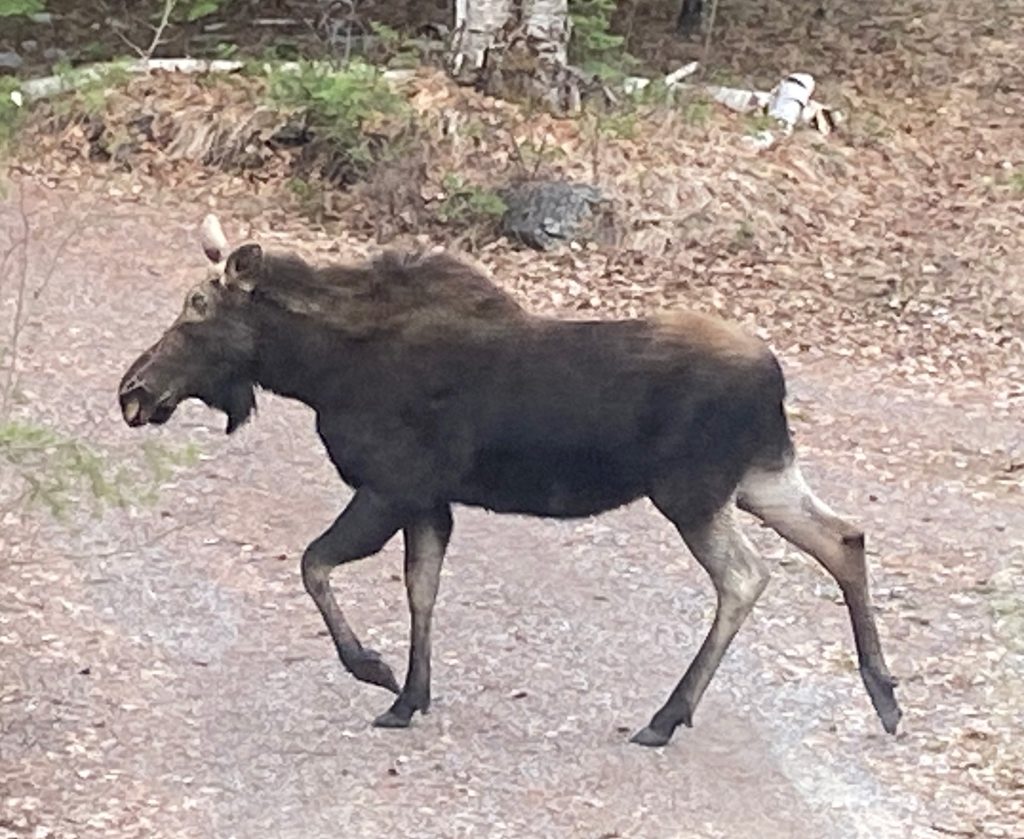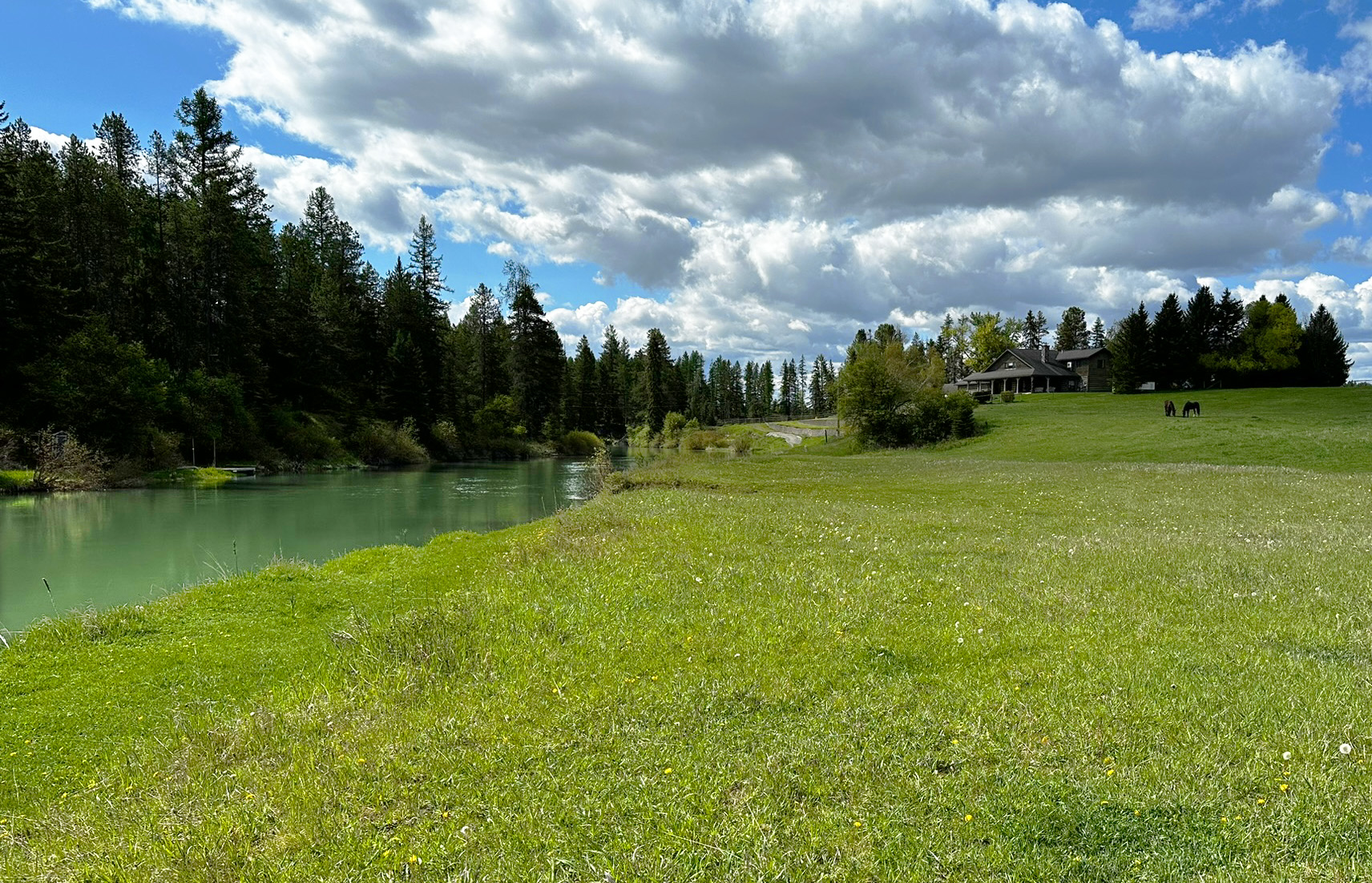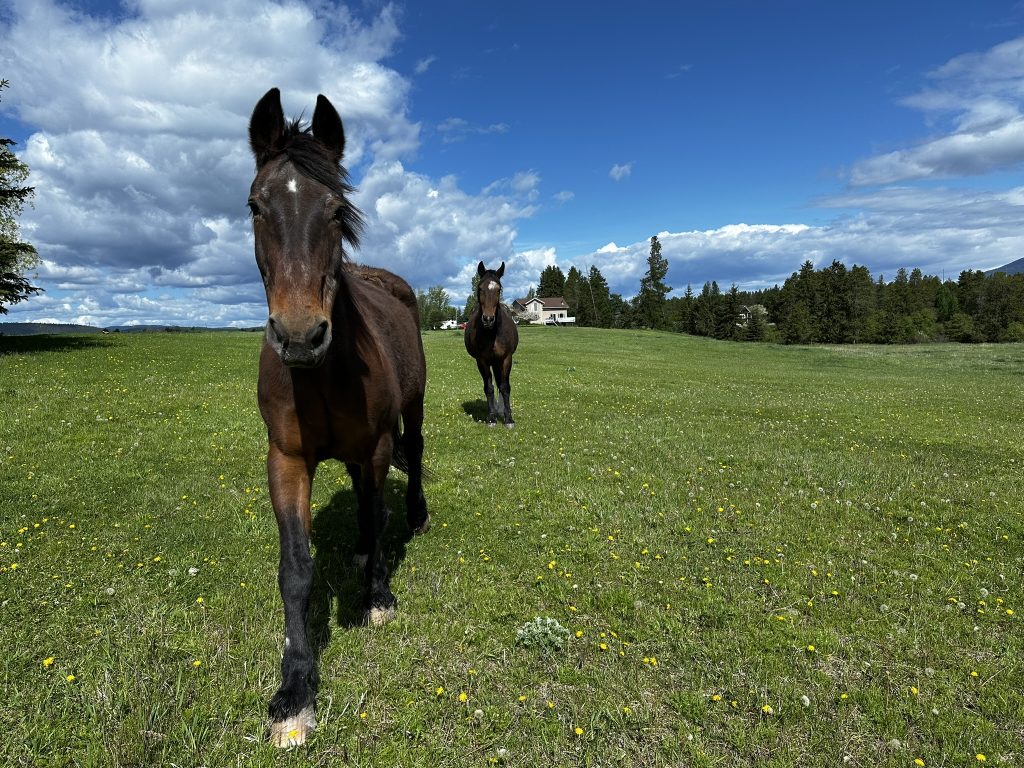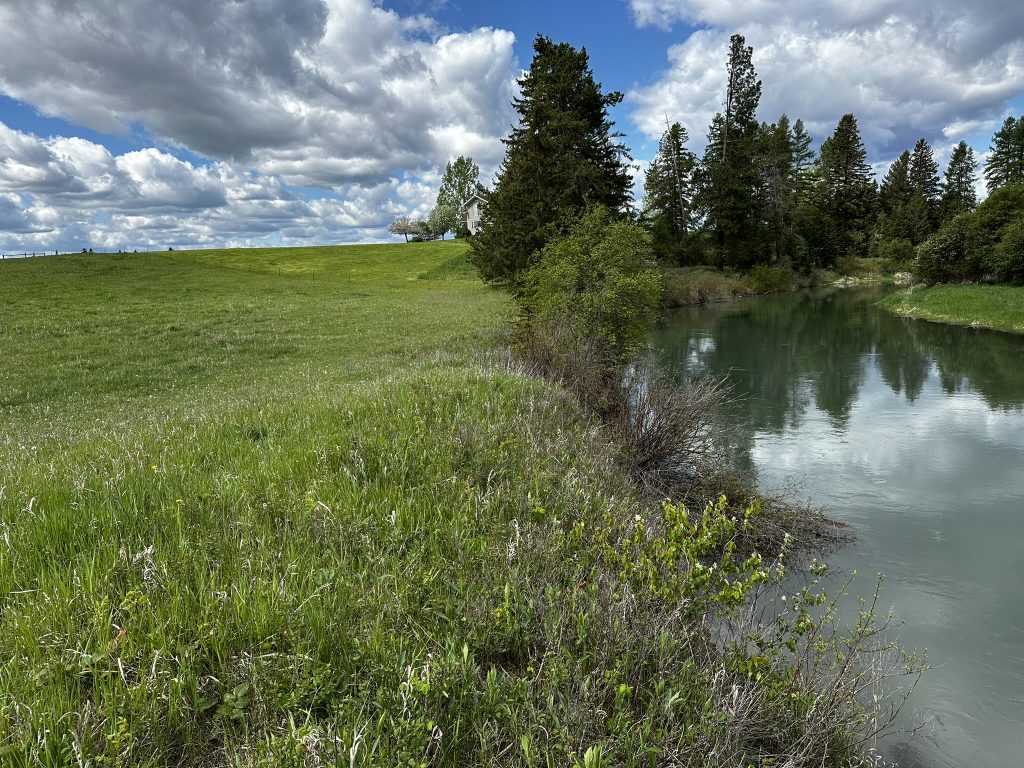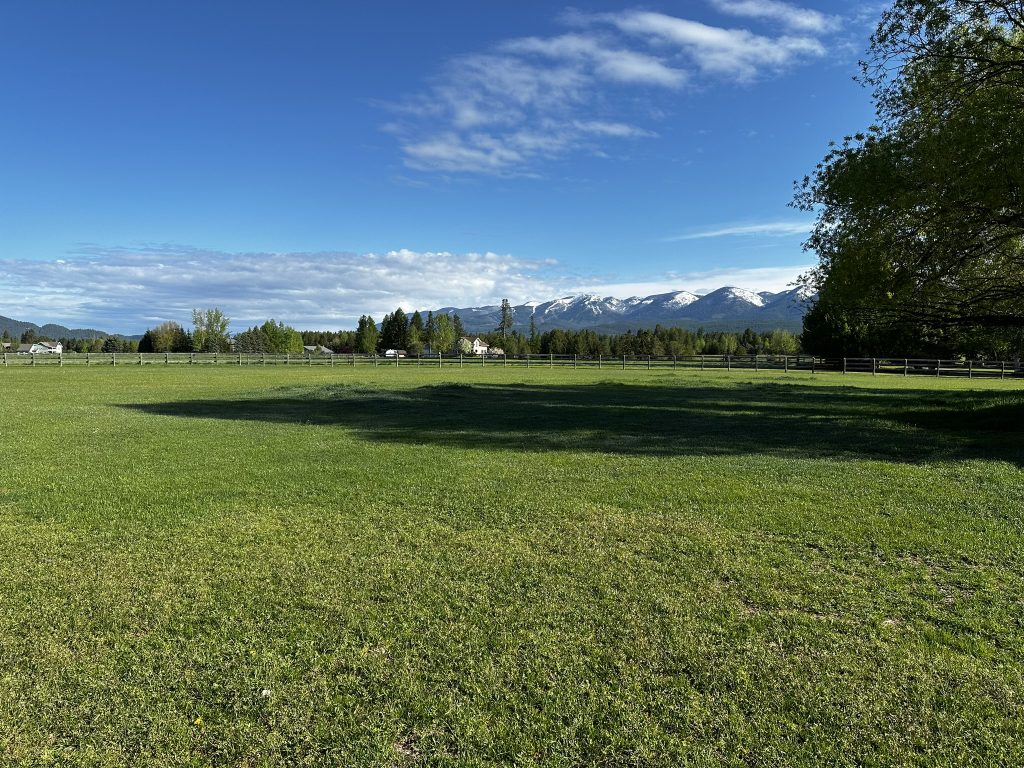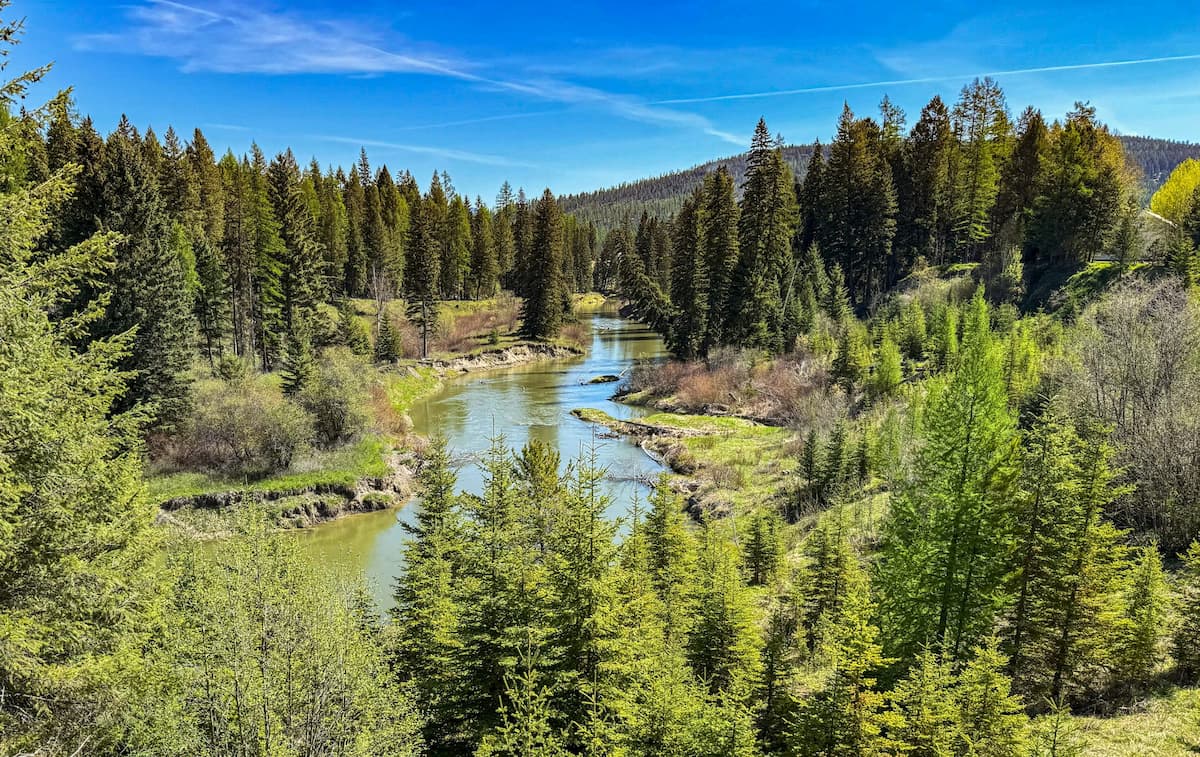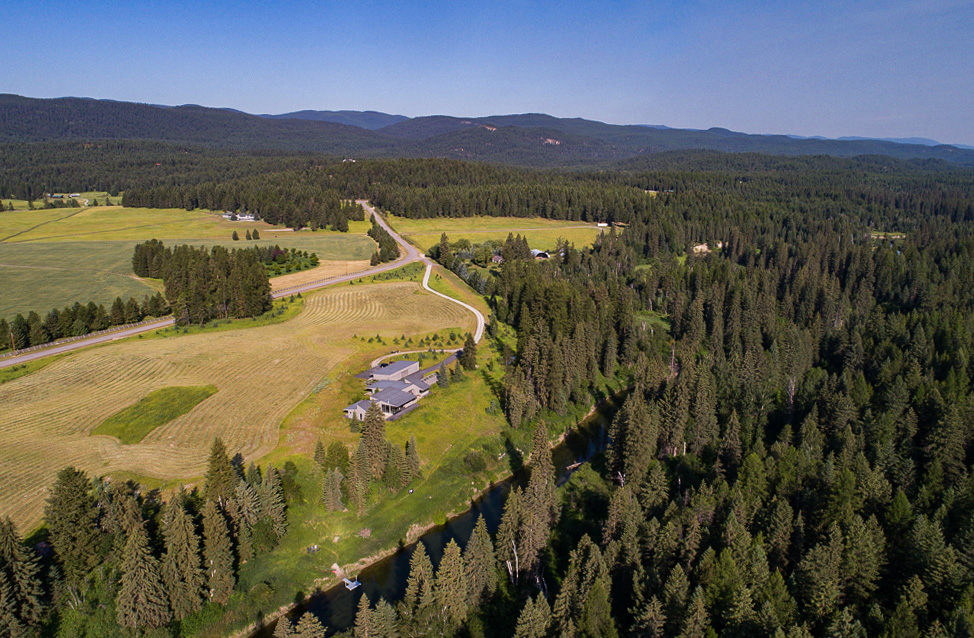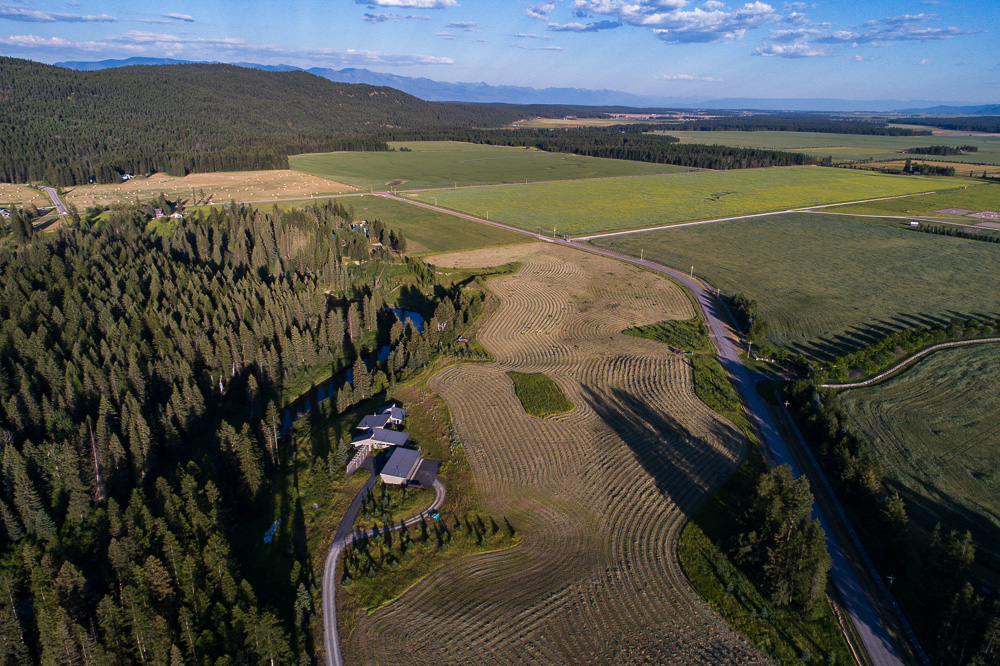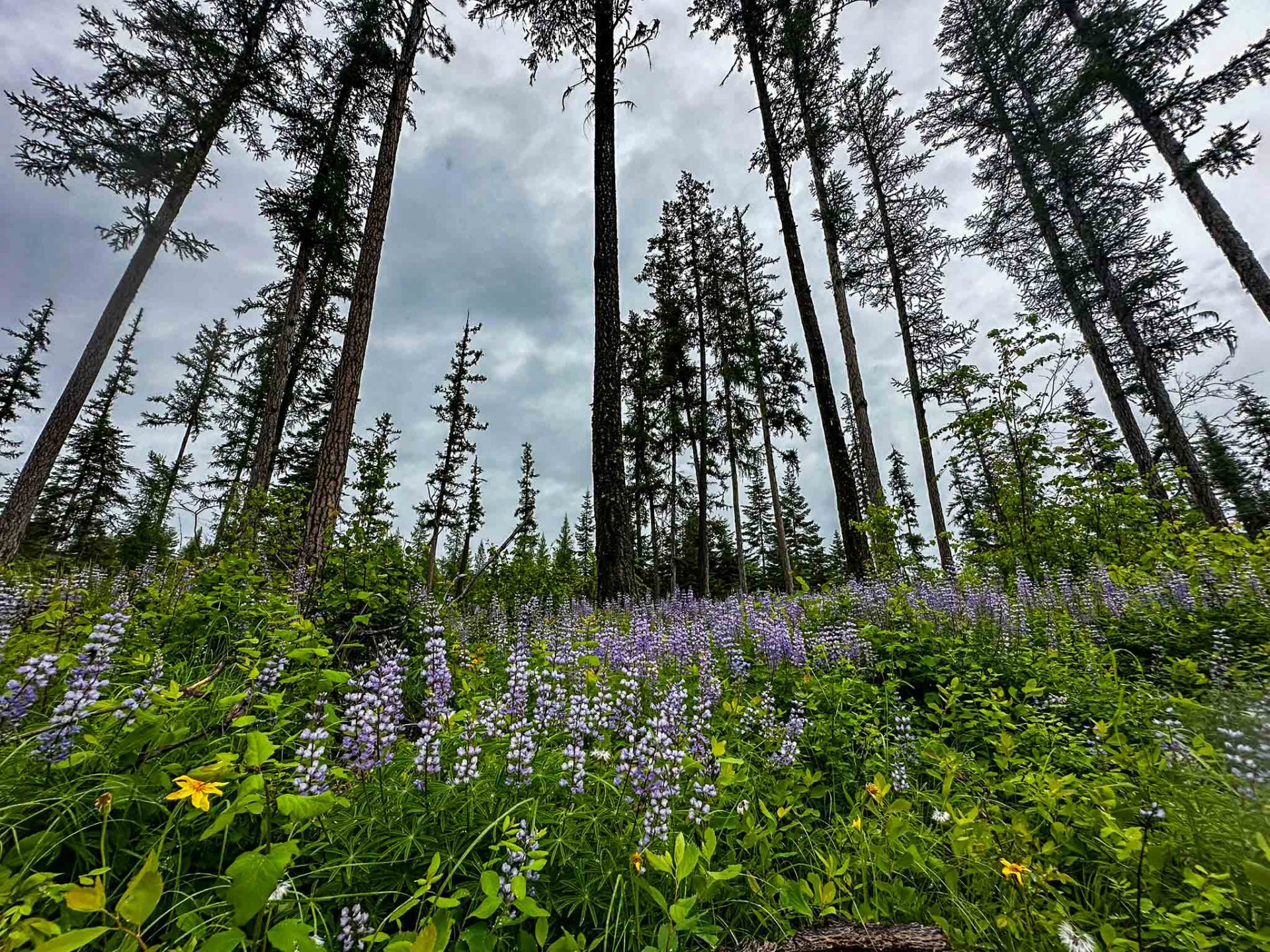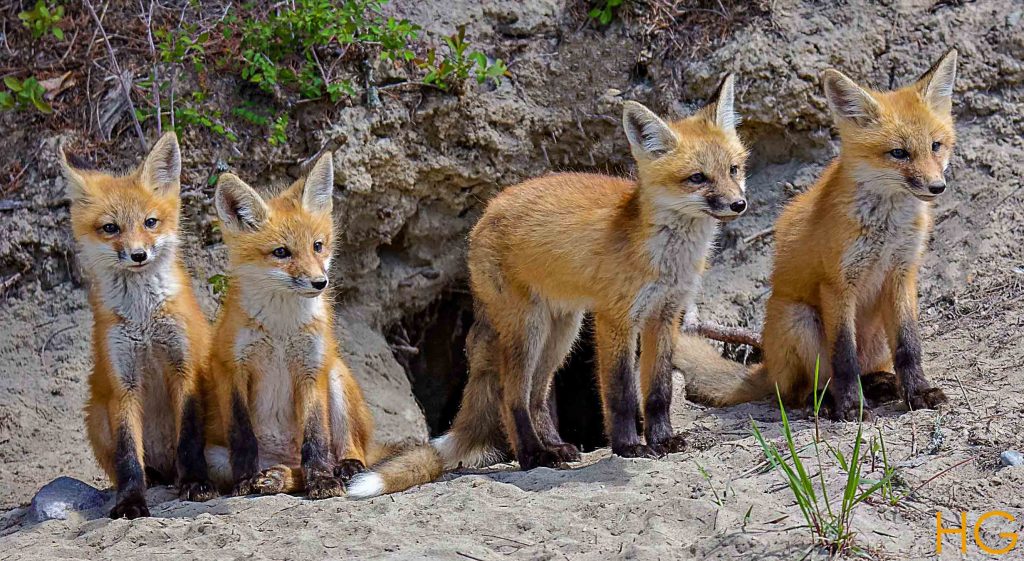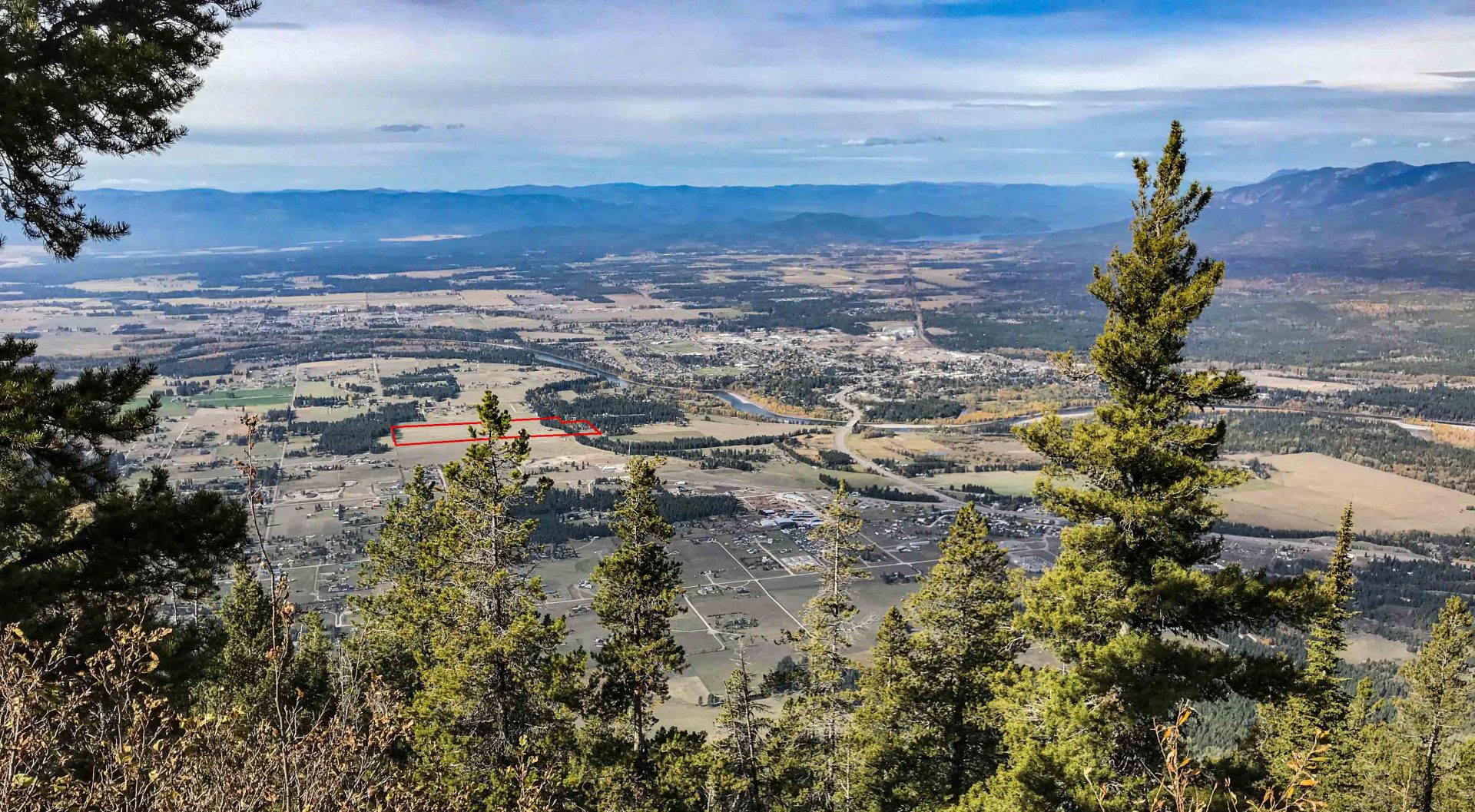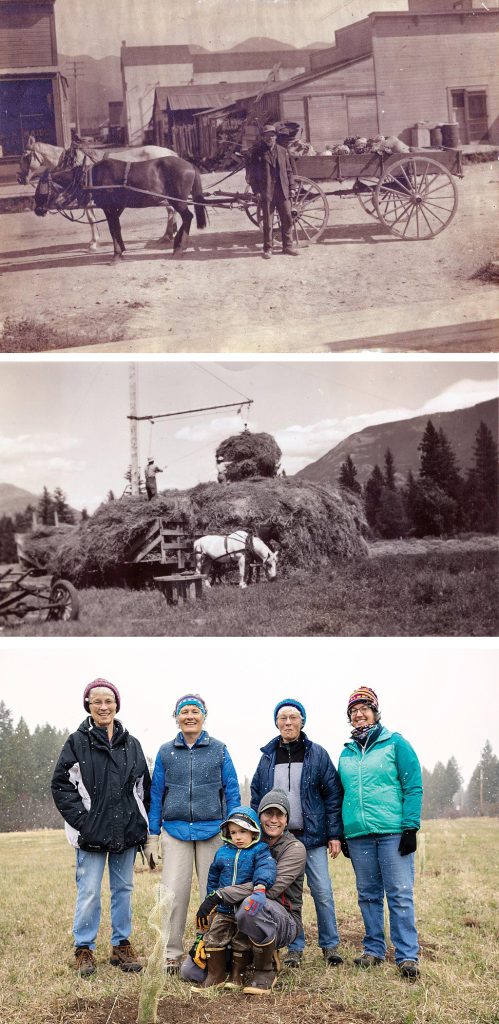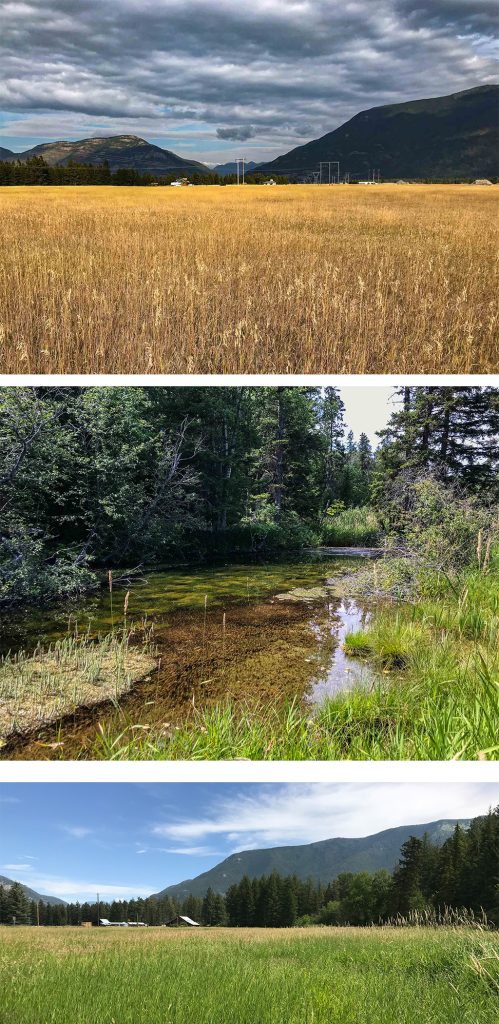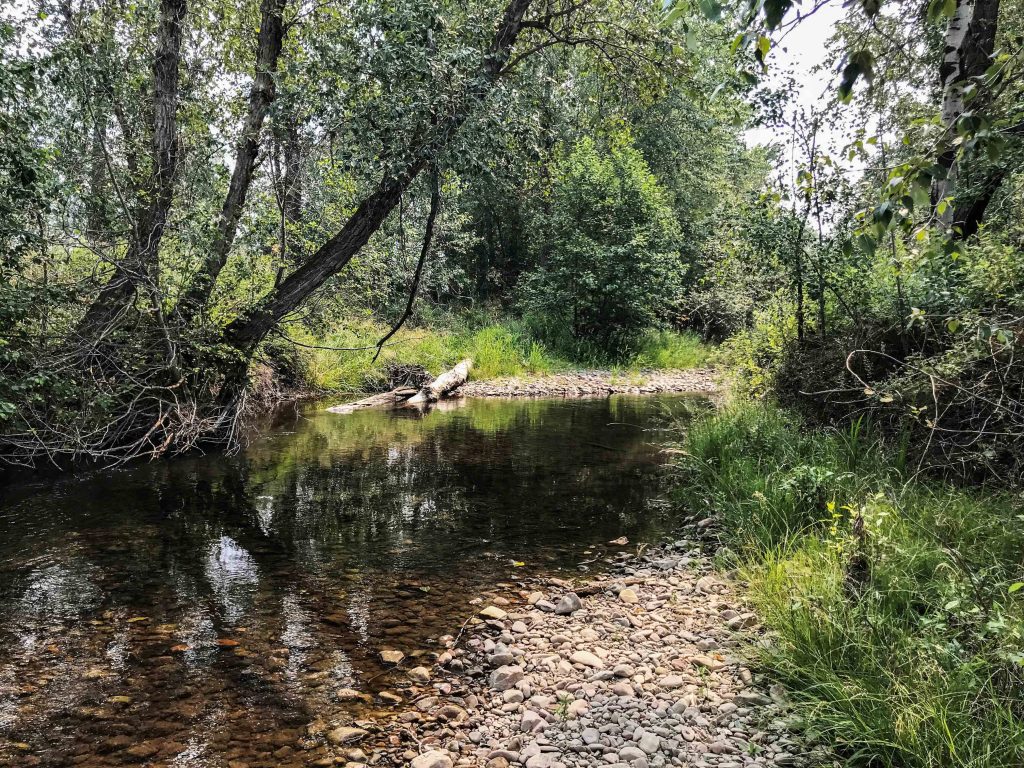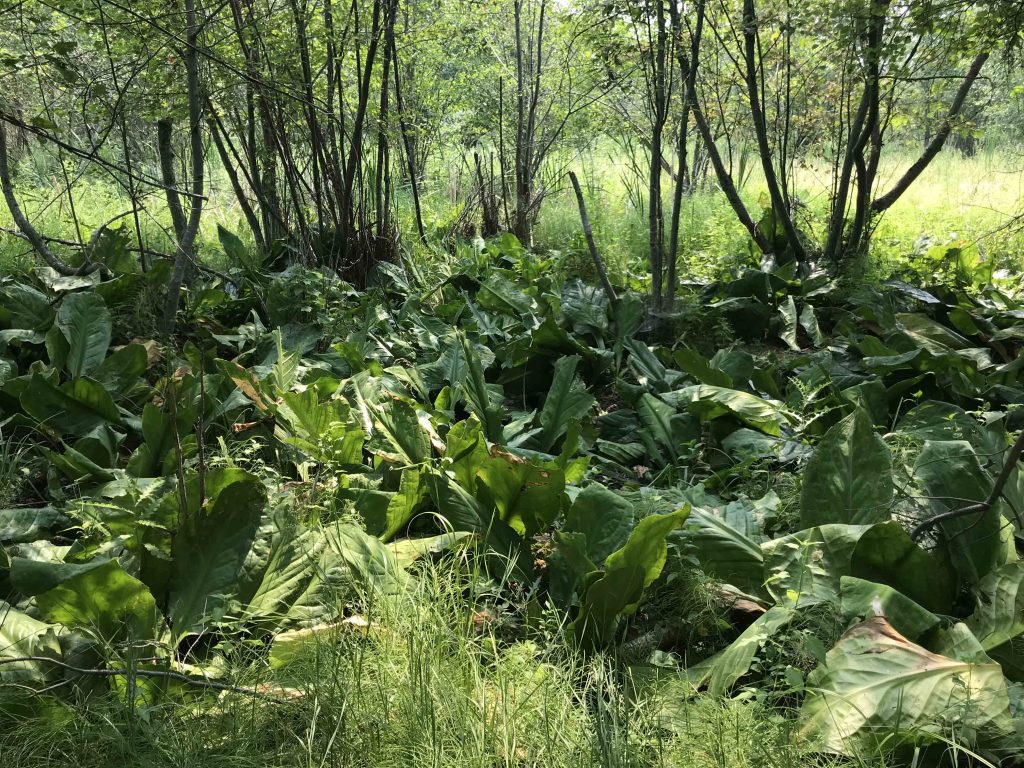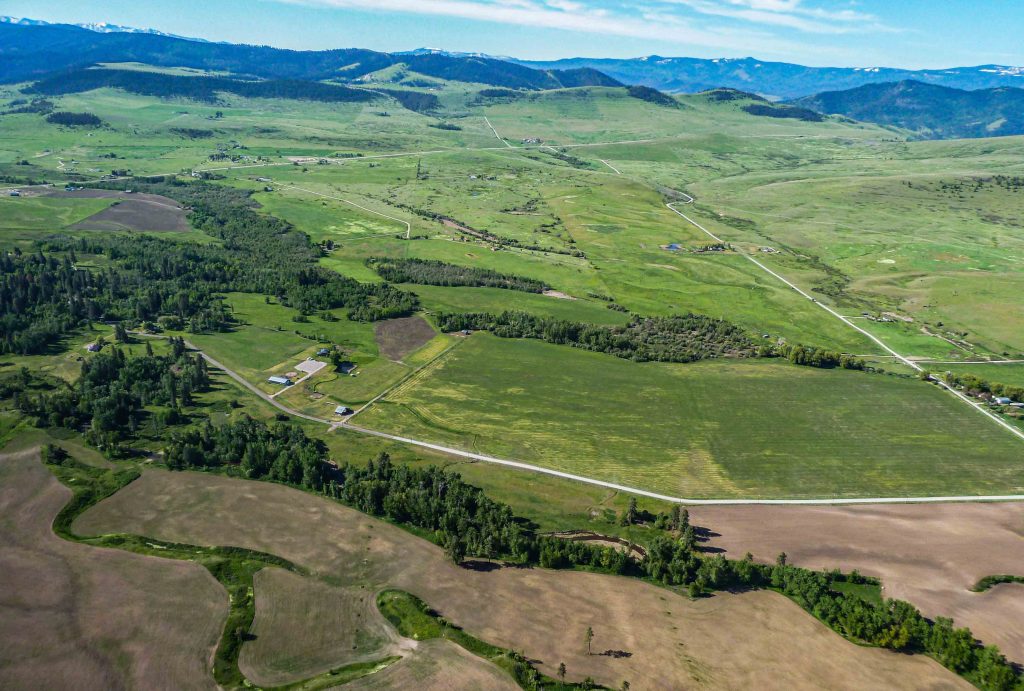A critical 140-acre parcel on the flank of Big Mountain is now permanently protected due to a dedicated collaboration between Flathead Land Trust, the Heart of the Rockies Initiative, and local landowners. Today, Flathead Land Trust placed a conservation easement on this vital property, protecting essential habitat for wildlife, maintaining the pristine water quality of Whitefish Lake, and securing the future of the area’s beloved scenic views.
Flathead Land Trust worked closely with The Heart of the Rockies Initiative on the project, recognizing the property as a part of a critical wildlife area. Grizzly bears and other wildlife moving from Glacier National Park and the Bob Marshall Wilderness Complex to the Salish and Selkirk Mountains utilize a belt of open space across the slopes of the Whitefish Mountain Range. Several large conserved areas, including the Trumbull Creek and Haskill Basin conservation easements, serve as safe harbors along this route. However, portions of this vital habitat are increasingly threatened by human development and infrastructure. This new conservation easement, directly adjacent to Flathead National Forest land on two sides as well as to another 100-acre conservation easement, adds security to this imperative passageway. It significantly contributes to an interconnected network of open space and quality habitat on a landscape scale.
With its extensive, mature Douglas fir and western redcedar forests, the property provides foraging opportunities and refuge for robust mammal and bird populations. The variety of large mammals is notable; the landowners have observed moose, elk, black bears, grizzly bears, wolves, mountain lions, fox, and both white-tailed and mule deer utilizing the land. Upland forests, spring creeks, seeps, wetlands and seasonally wet areas harbor a diversity of plants and provide excellent habitat for nearly 100 bird species.
The property’s hydrology – featuring at least seven springs and abundant seeps and subsurface water flow – is directly connected to Whitefish Lake. Protecting this large area from future disturbance is important for reducing the influx of nutrients and erosion-related sediments, thereby safeguarding the ecological integrity, water quality, and clarity of Whitefish Lake.
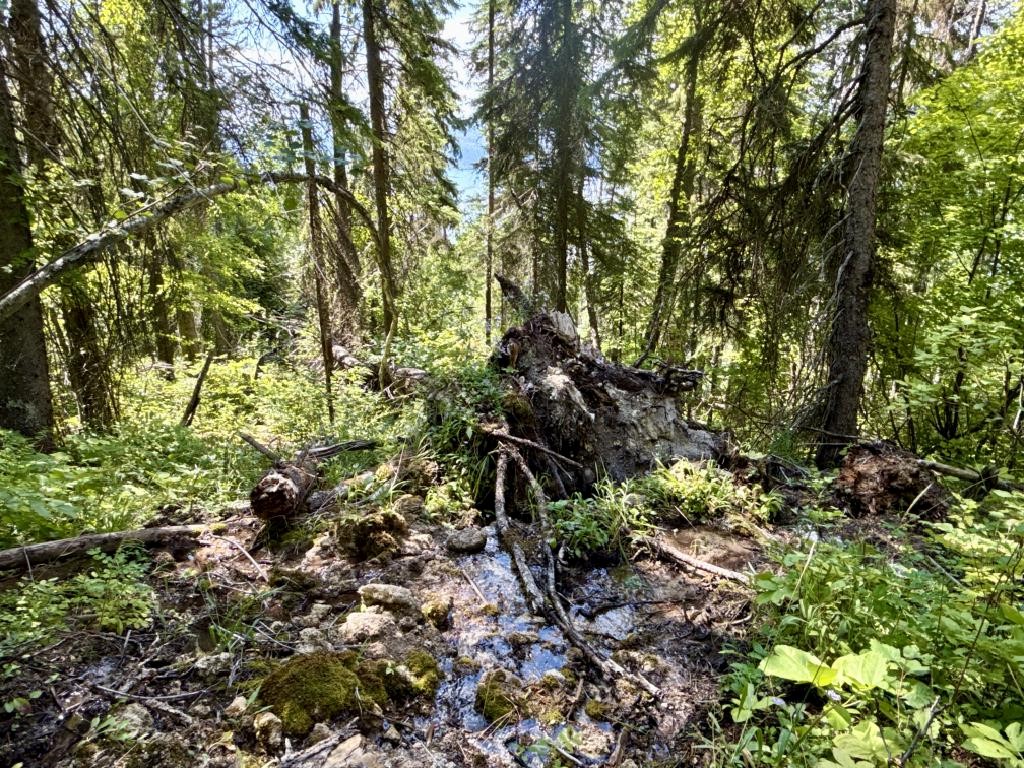
This conservation easement also preserves stunning scenic views of the forested hillside for the public traveling on Big Mountain Road. It protects the open-space character enjoyed by hikers and recreationists on nearby public lands, including the Flathead National Forest and Whitefish Lake.
Jim Williams, Partnerships Manager for the Heart of the Rockies Initiative, who helped fund the project through the Keep it Connected program, championed the effort: “This important Flathead Land Trust project will ensure that one of the last undeveloped forested wildlife habitats on Big Mountain, strategically located between the Haskill Basin and the Lazy Creek conserved areas, will remain intact. It serves as both seasonal and a year round home to mule deer, white-tailed deer, elk, black and grizzly bear, mountain lion and a host of other species. The family has worked tirelessly for decades to employ forest management practices to ensure that wildlife habitat and a partial watershed for Whitefish Lake was protected.”
Ryan Hunter, project lead and Land Protection Specialist at Flathead Land Trust, underscored the project’s significance: “It’s been exciting to work with the landowners to conserve their large, intact parcel that is so important to wildlife on Big Mountain and water quality for the Whitefish Lake watershed. This area is facing tremendous development pressure, so conserving this core property is a real win.”
The success of this conservation effort is a testament to strong partnership. The project was made possible by The Heart of the Rockies Initiative’s “Keep it Connected” Program, which supplied essential funding through a grant from the Liz Claiborne & Art Ortenberg Foundation, furthering the dedicated mission to conserve habitat critical to North America’s wildlife.
